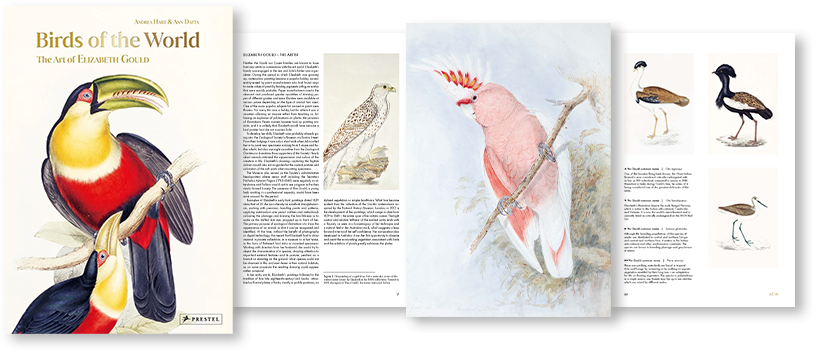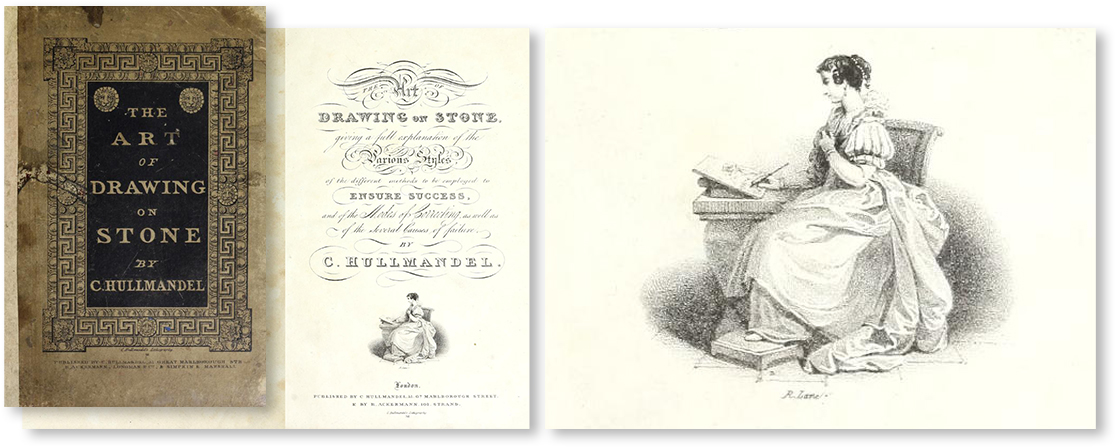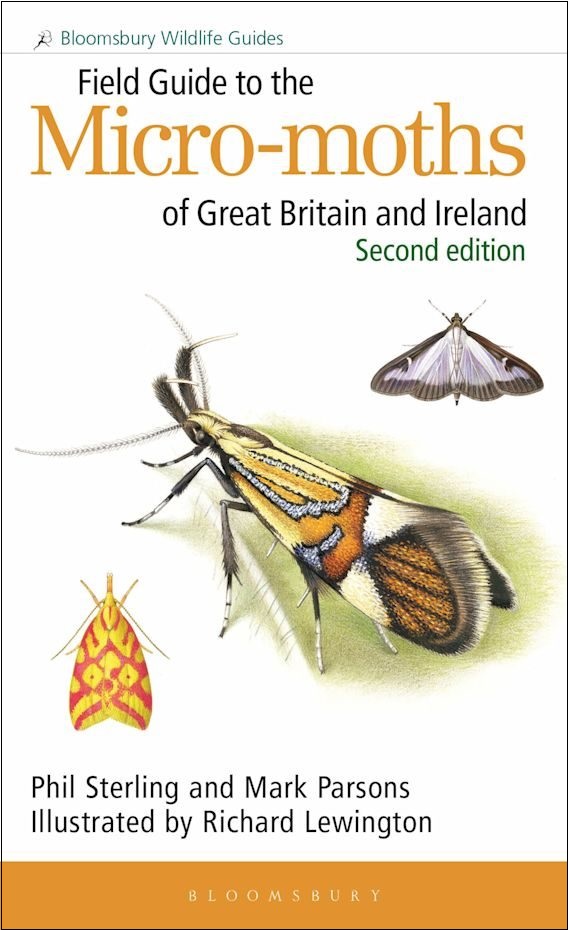 Part of the popular Bloomsbury Wildlife Guides series, the first edition of the Field Guide to the Micro-moths of Great Britain and Ireland is credited with helping to demystify the formerly obscure and specialist world of micro-moths. Among a number of pioneering features, the book boasted artwork by acclaimed illustrator Richard Lewington showing the moths in their natural resting positions, rather than as pinned specimens, capturing the essence of each species and presenting them as they would appear in life when encountered in the field or settled within a moth trap. Coupled with accessible species accounts and the latest distribution maps, the guide helped to showcase the beauty and diversity of these miniature lepidopterans and provide a gentle introduction to their identification and habits for the general naturalist.
Part of the popular Bloomsbury Wildlife Guides series, the first edition of the Field Guide to the Micro-moths of Great Britain and Ireland is credited with helping to demystify the formerly obscure and specialist world of micro-moths. Among a number of pioneering features, the book boasted artwork by acclaimed illustrator Richard Lewington showing the moths in their natural resting positions, rather than as pinned specimens, capturing the essence of each species and presenting them as they would appear in life when encountered in the field or settled within a moth trap. Coupled with accessible species accounts and the latest distribution maps, the guide helped to showcase the beauty and diversity of these miniature lepidopterans and provide a gentle introduction to their identification and habits for the general naturalist.
Eleven years on, the team behind the original guide have produced an extensively revised second edition, due to be published in December. Here the authors, Phil Sterling and Mark Parsons, kindly took the time to answer some of our questions about what we can expect from the new guide, and about micro-moth recording more generally.
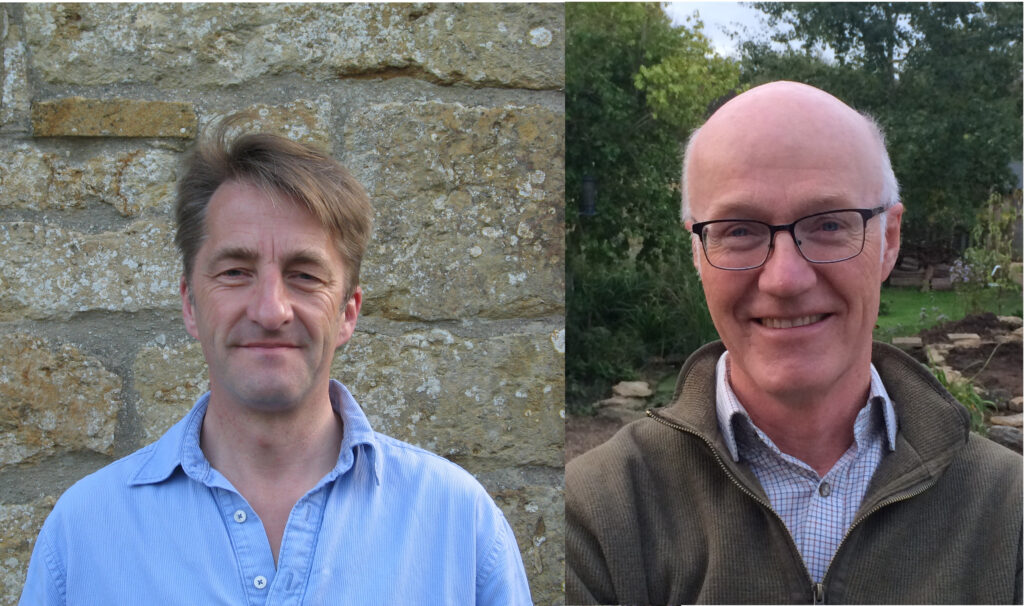
To begin with, could you give us a brief overview of what’s changed in the second edition?
There are three stand-out changes for recorders browsing this second edition. Firstly, we have included many more species, nearly 300 of them; the field guide now covers over 80% of native, naturalised or immigrant species recorded in Great Britain and Ireland. That’s 1,286 from a total of 1,576 species, and the book features over 1,000 of Richard Lewington’s illustrations.
This time we have included a full set of common (or vernacular) names for the micros which appear alongside the scientific names. We reviewed existing common names being used, made changes where we felt these were appropriate and helpful, and have done this for all 1,576 species.
The order in which the species are presented is now in line with the Agassiz, Beavan & Heckford (ABH) Checklist of the Lepidoptera of the British Isles. The ABH checklist was published in 2013, a year after our first edition, and it set out a radically different order based on our current understanding of the taxonomic relationship between species, genera and families. This should make it much easier for recorders to relate the order in the field guide to established recording systems and websites.
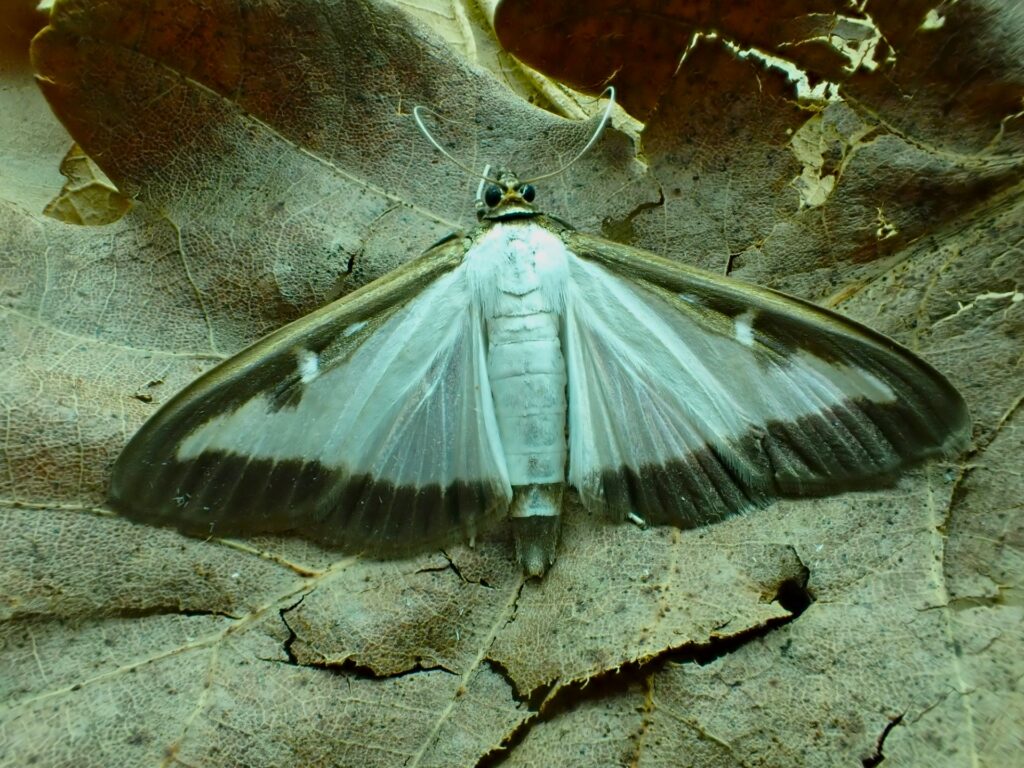
You mention that the species coverage has been greatly expanded since the first edition. Where have these ‘new’ species come from?
There are a variety of reasons why we include more species. Most obvious are those we see today but did not 11 or more years ago. In 2007 when we started writing the first edition, Box-tree Moth hadn’t been recorded in Britain, yet it is now an abundant species across much of southern England and set to spread fast. Our warming climate is also leading to rapid increases in micro-moth species establishing and spreading, and we have included several scarcer immigrant species which do seem to becoming more regularly recorded.
We will never be up-to-date though. No sooner had the second edition gone to print than Echium Stilt Dialectica scalariella made a spectacular appearance in Britain in autumn 2023. It now appears to be resident at various sites from Kent to Devon, and possibly Suffolk, and has been found in huge numbers as a leaf-miner on Viper’s-bugloss, disfiguring the leaves. This species is listed in the field guide as British but not covered in detail.
We have taken a more systematic approach to inclusion of those that can be identified to species from their early stages, in particular leaf-miners in the Nepticulidae and Gracillariidae, and cases of the Coleophoridae. We have chosen a wide selection of these, illustrated by good quality photographs, enabling identification to species based on the early stage.
We have responded to helpful criticism that we should have been more comprehensive in our coverage of some of the more difficult families, including Gelechiidae and Depressariidae. There is better knowledge ‘out there’ today of how to separate species in the field, and we have been able include this information for some of the more challenging species within these groups.
There will be recorders who would have wished we included yet more species, maybe even all of them? But we have kept faithful to the objective of this being a field guide, for recorders to take it whenever they are out, by day and night. Most of the remaining 20% of micros require detailed examination under a microscope, extended time to rear the species from larva to adult to confirm identity, or are very rarely encountered species.
The bottom line is that we requested to Bloomsbury and they allowed us to write a bigger book than the first edition. We have packed it to our limit with more species and more information.
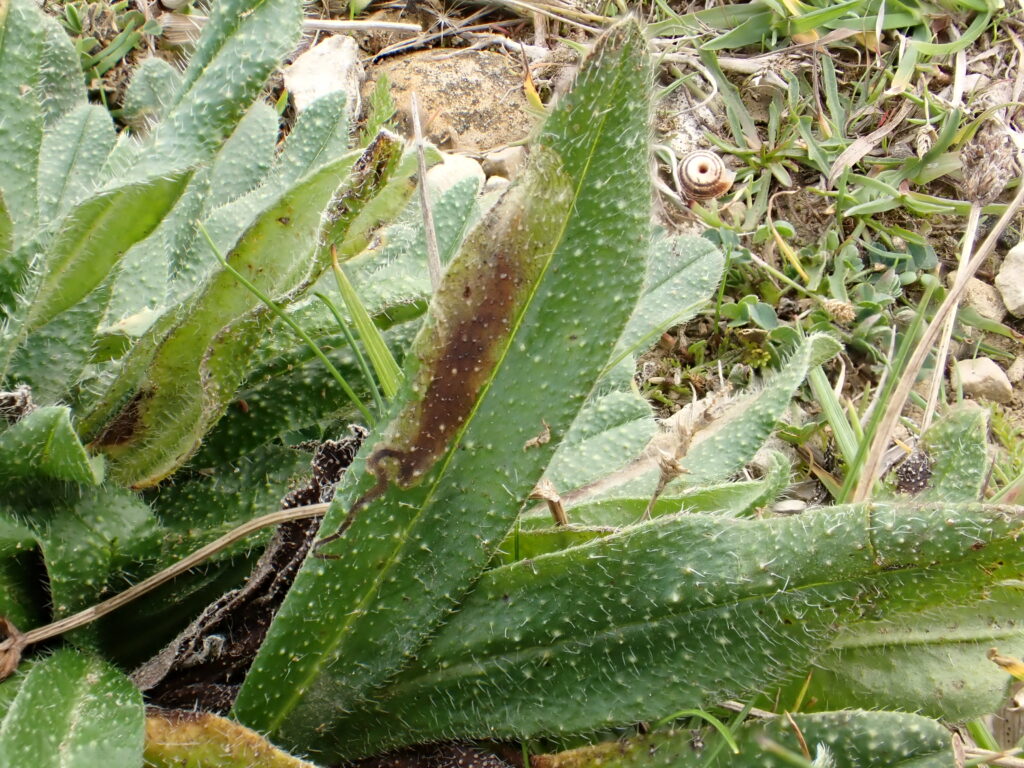
For me (and I suspect many other people), the first edition of this guide was the catalyst to start paying more attention to micro-moths, having previously written them off as ‘too difficult’. How do you feel interest in micro-moths has changed in the 11 years since the original was published?
The first edition certainly achieved its aim of bringing micro-moths within comfortable reach of many recorders who had perhaps previously not considered them. Many species are actually straightforward to identify, but we think recorders were put off by the need to acquire several expensive texts to gain comprehensive coverage.
Moth recording generally continues to grow and it has wide public appeal. The National Moth Recording Scheme (NMRS), run by Butterfly Conservation, collates moth records across the four countries in Britain and Ireland and does not separate macro- and micro-moth species. We feel the distinction is fading, with recorders deciding which micro-moth families they’ll tackle in the coming year, rather than considering the prospect too daunting.
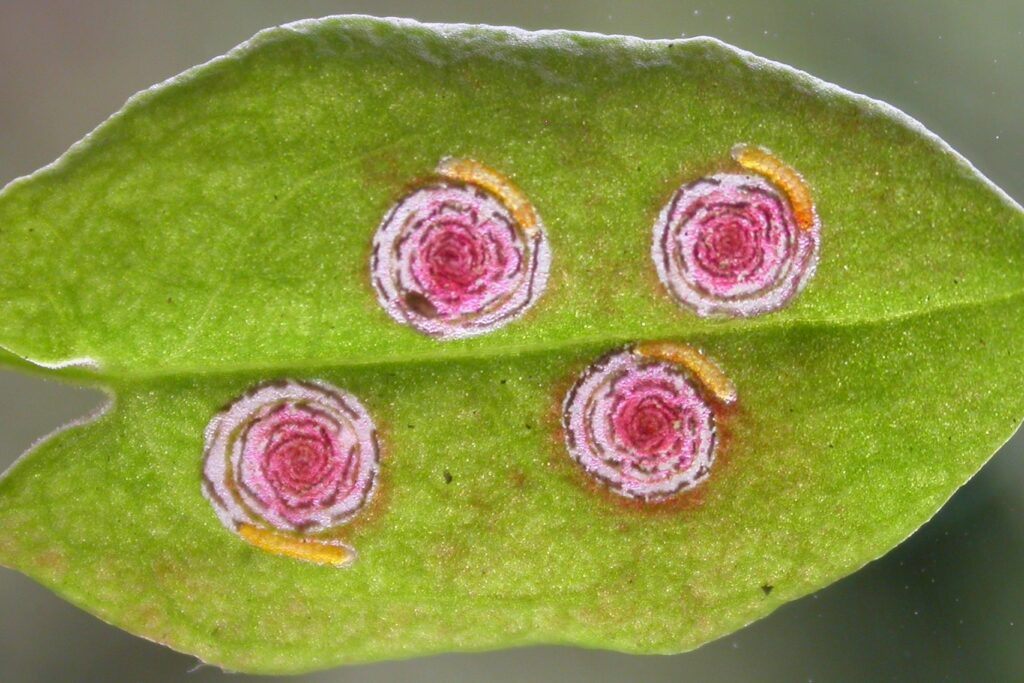
Has that growth in interest in micro-moths helped you in your revisions to this guide, e.g. by helping to fill gaps in distribution maps and so on?
The first edition was primarily aimed at moth trappers, and we included lots of photographs of leaf-mines and larval cases to add interest. In the second edition we have deliberately chosen photographs of the early stages where identification to species level is possible based on a photograph and careful observation. We want to extend recorders’ interests beyond their moth traps to include searching for leaf-mines, cases and other signs in the field. Daytime pursuit of micro-moths can happen 365 days of the year, and there are plenty of species detectable in the middle of winter. The second edition benefits especially in this respect from photographs by Ben Smart, who has already published two small volumes on Micro-moth Field Tips, both giving month-by-month hints on how to find the early stages. Having said that, the second edition remains very much a book for moth trappers, and we have added illustrations of many more adult moths from a range of families.
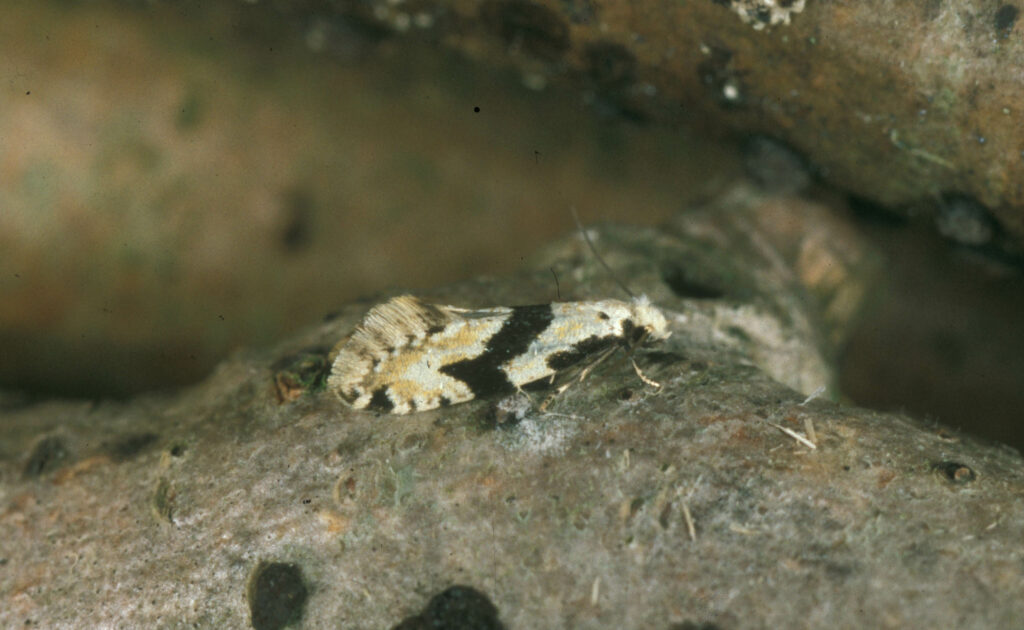
Could you tell us a little bit about the motivation and process behind your efforts to create the standardised list of common names in this guide?
Common names of micro-moths have never been adopted widely by recorders in Britain and Ireland. There is a long history to them, with a list first appearing in the early 17th century, and the most recent compilation was collated by Jim Wheeler in 2017. Despite the efforts, it is a ‘Marmite’ subject, with common names being used by some recorders yet remaining deeply unpopular with others. Much of the angst seems to centre on the inappropriateness of some names. All members of the Tineidae have been called ‘clothes moths’ yet this wonderfully diverse group contains only a very few species that will eat clothes, the majority are in fact detritivores and herbivores, with a range of specialists on fungi. Labelling them all as if they are clothes-munchers is just plain wrong at best, and gives moths a bad name at worst. Each fungal specialist is, not surprisingly, called a type of ‘fungus moth’, a simple revision based on its life history. There are other names that today appear to be meaningless, such as ‘tubic’, which gives recorders little to grasp when trying to remember them.
The introduction of a revised set of common names, in tandem with the increasing interest and our continued desire to promote micro-moth recording to all, seemed timely with the advent of the second edition. Very many common names remain as they are in the Wheeler list, or are slightly modified, and we have tried to make revisions that add relevance to the species, such as what it looks like, or where and how it lives. We hope that the names will make micros even more accessible by removing the perception that they somehow require more specialist knowledge to tackle.
Most recorders now use social media to communicate their finds, and it is undoubtedly easier to write an English common name than the scientific equivalent, and we have tried to keep the names as short as possible with this in mind. In summary, we hope that the revised list will be adopted in time and will encourage an inclusivity for new recorders put off by scientific names, and we trust we are putting micro-moths alongside almost all groups of British wildlife that now have common names.
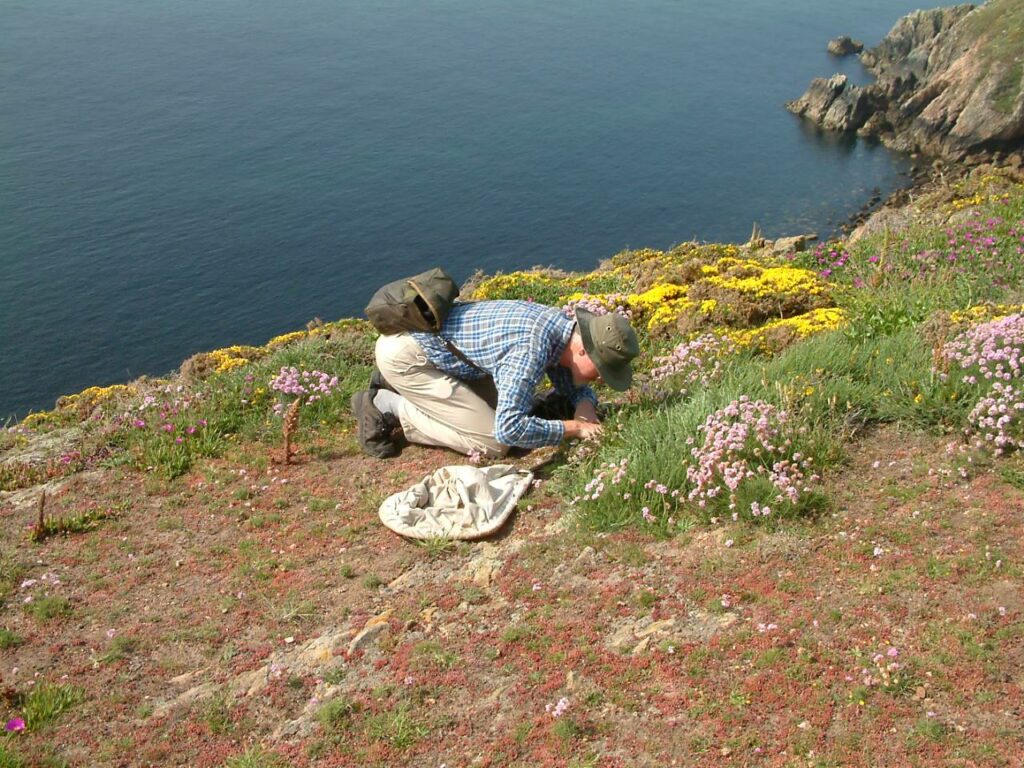
For any enthusiasts who have not yet looked beyond the more familiar macro-moths, what can you say about the rewards of taking the plunge into the world of micros?
Macro-moth recorders are delighted when they find something of great interest in their garden moth trap, it’s exciting, and it can happen to new and seasoned recorders. Imagine increasing your chances of this happening threefold! There are roughly twice as many micro-moth species as macros, plus their distribution is generally less well known, so the chances of finding ‘goodies’ is much enhanced. The advent of pocket-sized cameras and mobile phones with decent macro-photographic capability means that it is easier to share photos of micro-moths with others than it has ever been. Add to that the opportunity to record so many species from their early stages, and at any time of year, what are people waiting for?
Records of micro-moths are collated by the NMRS. By encouraging recording the amount of data collected will increase, along with our understanding of distributions and phenology. It won’t be long, we hope, until we can see national distribution maps for micros just like the macros.
Finally, are there any other projects you’re working on that you’d like to tell us about?
For us there is the continued quest to resolve undescribed life histories of micro-moths. Even some species seen regularly as an adult are not known as a larva, such as Dingy Knot-horn Hypochalcia ahenella. It probably feeds on herbs within its favoured habitats, sparsely vegetated stony or sandy ground. For what must be quite a large larva it is certainly secretive and has eluded us to date.
One mystery partly revealed in 2023 was the finding of a larva by Phil of Black-spotted Nest Moth Tenaga nigripunctella. The life history of this very rare tineid moth was completely unknown anywhere in the world and it was assumed that the larva might feed underground in rats’ nests. The adults have been appearing more regularly in west Dorset in the last few years, and a few were observed in a hole in a stone wall at Abbotsbury in 2023. In the wall was a dead Garden Snail Cornu aspersum, and guess what; deep within the shell a fully-fed larva of the moth that appeared to have been eating the blackened dead flesh of the snail. As far as we are aware this is the first example of a moth in western Europe found to be eating dead snails. There is so much to learn about the intriguing life histories of our more obscure micro-moths!
Field Guide to the Micro-moths of Great Britain and Ireland (Second Edition) is due to be published by Bloomsbury in December 2023 and is available from nhbs.com.

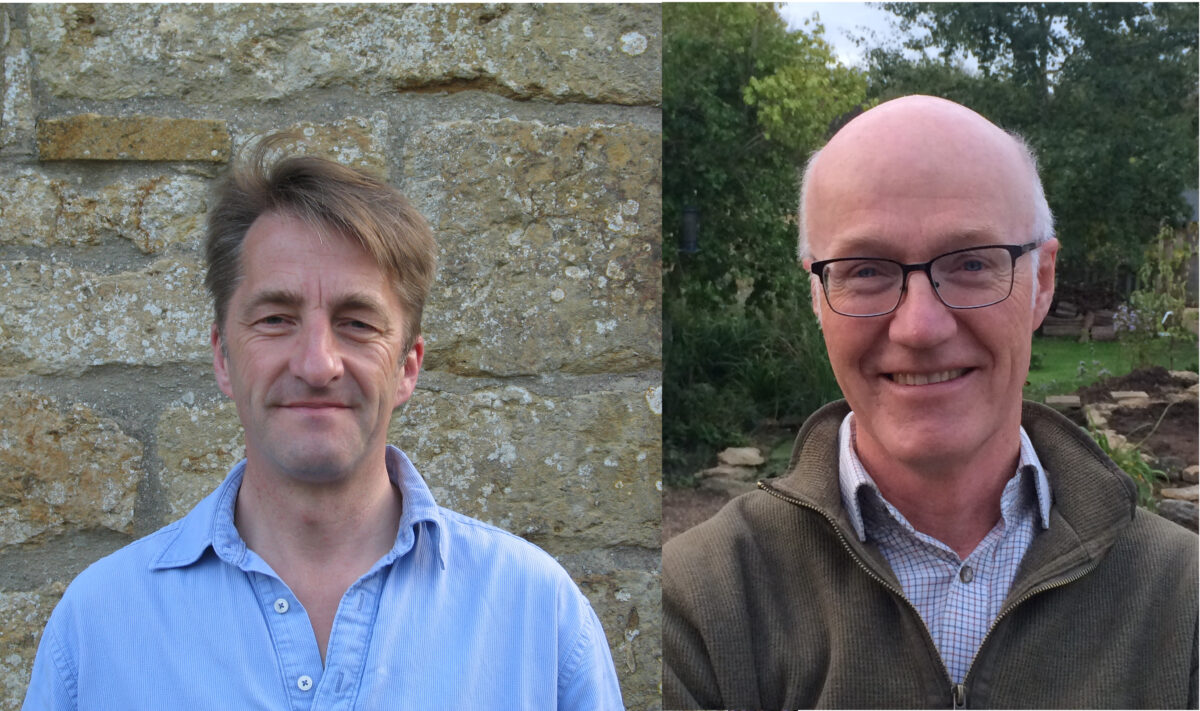

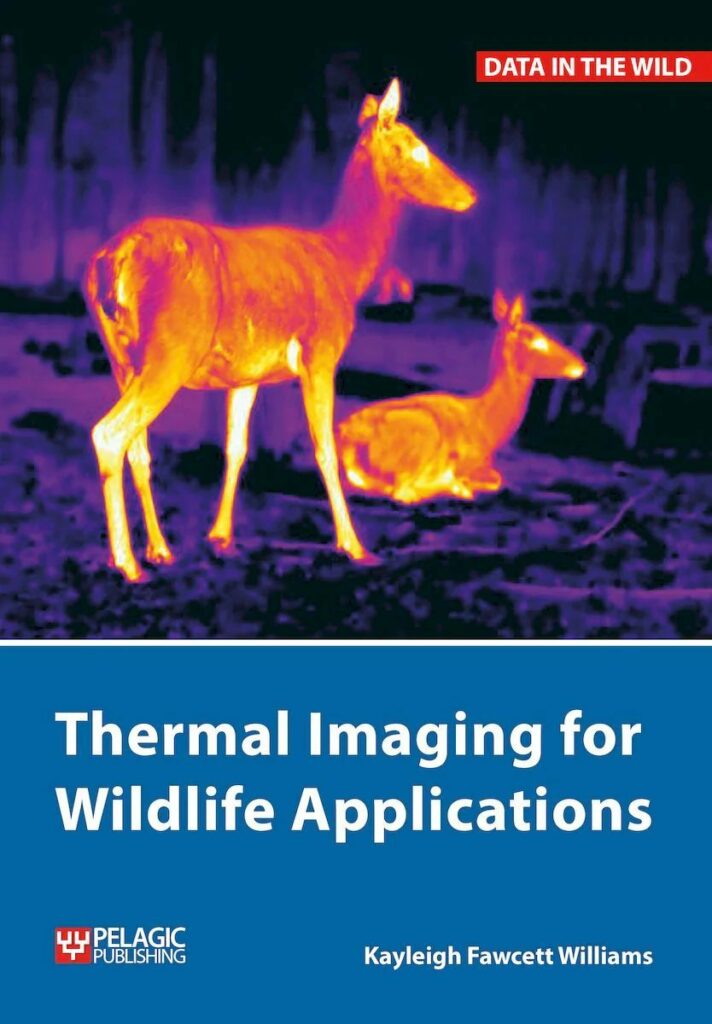

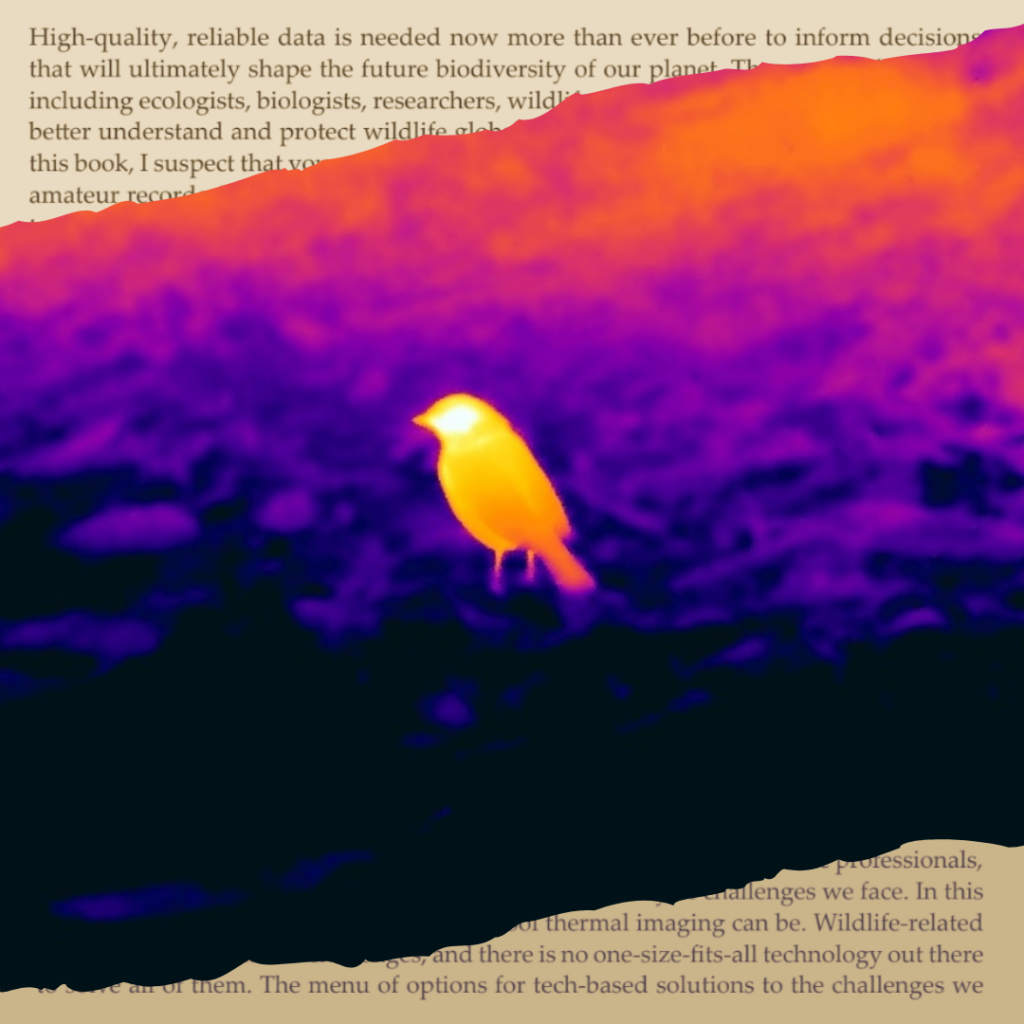
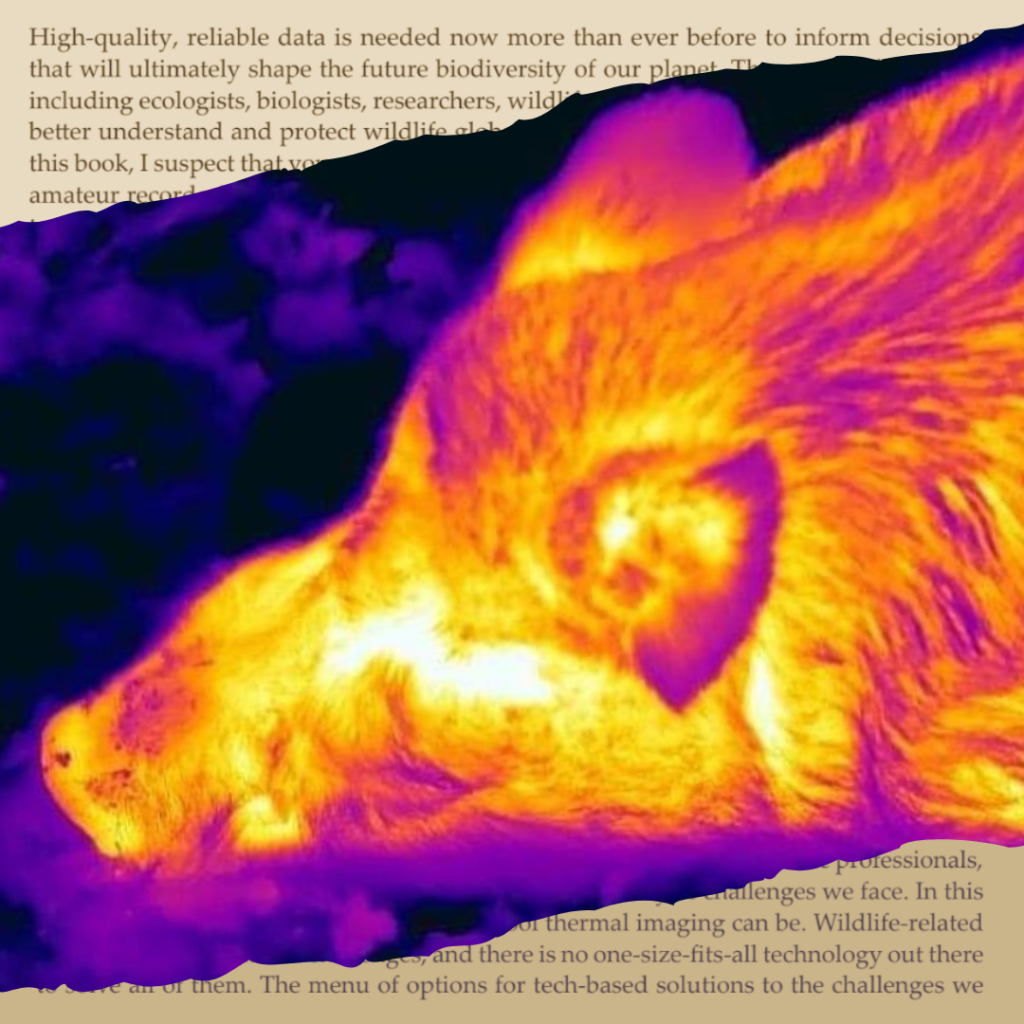
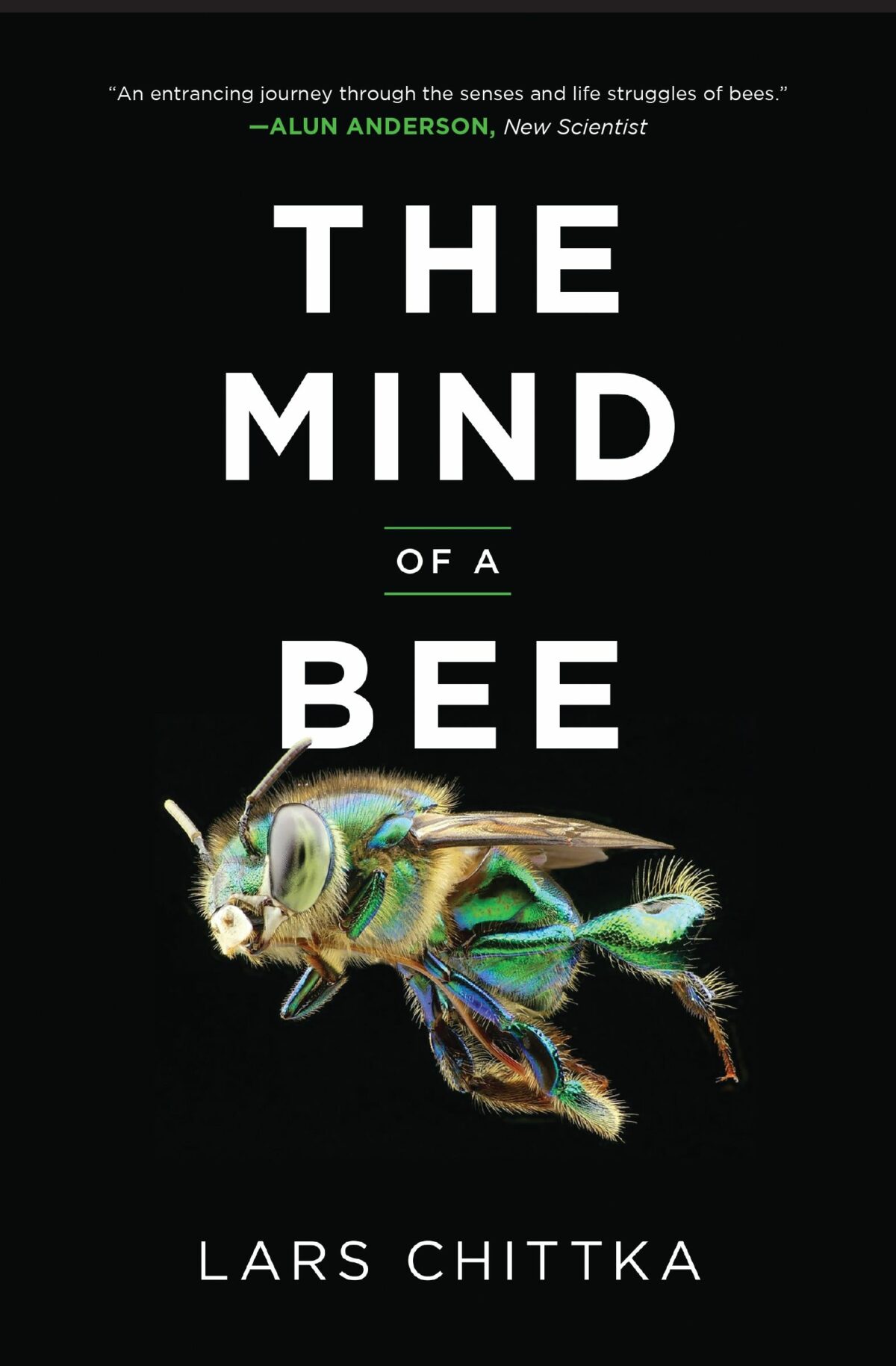
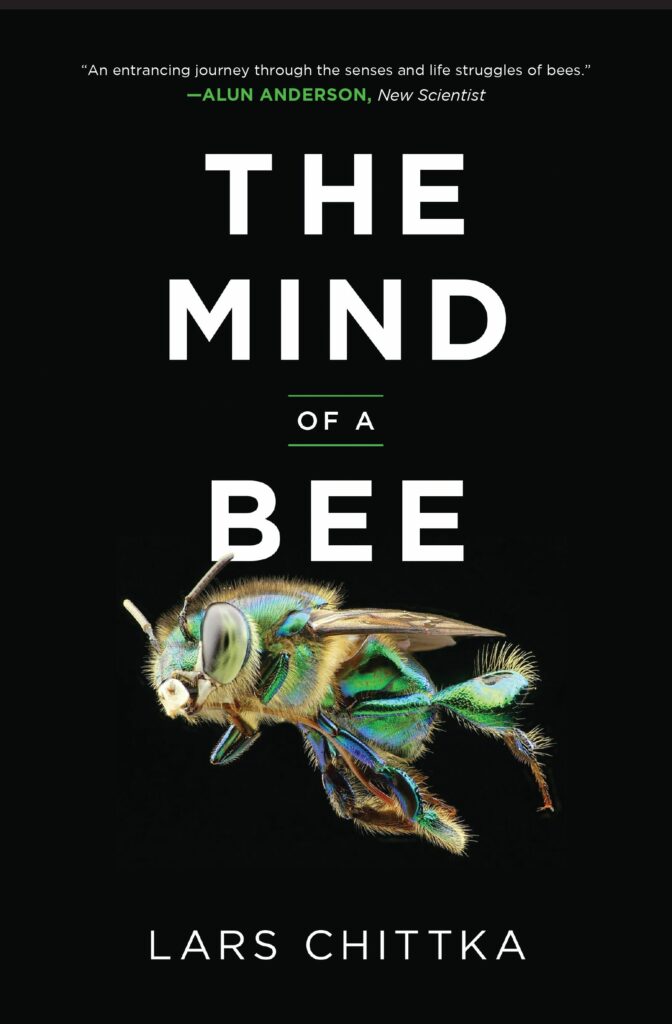
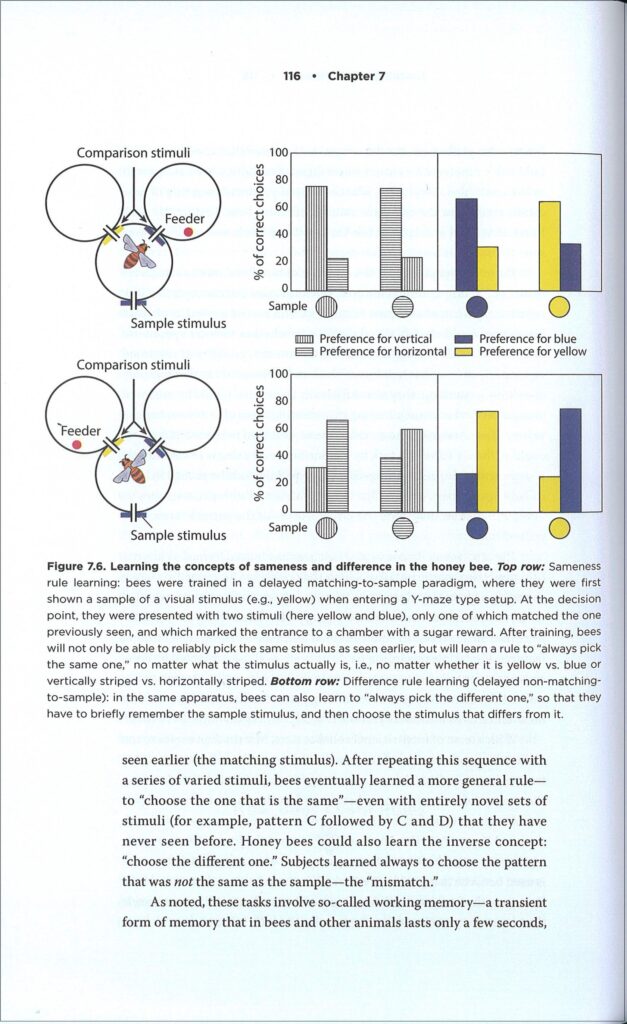 Justifiably, the book opens with sensory biology. Before we understand what is in the mind of any organism, Chittka argues, we first need to understand the gateways, the sense organs, through which information from the outside world is filtered. These are shaped by both evolutionary history and daily life (i.e. what information matters on a day-to-day basis and what can be safely ignored). Chapter 2 deals with the historical research that showed that bees do have colour vision and furthermore can perceive ultraviolet (UV) light. Chapter 3 bundles together research on numerous other senses, including ones familiar (smell, taste, and hearing) and unfamiliar to us (perception of polarised light, Earth’s magnetic field, and electric fields). The antennae of bees, in particular, are marvels; Chittka likens them to a biological Swiss army knife, packing numerous different sense organs into two small appendages. Tightly connected to sensory biology is how this incoming information is processed in the brain, though Chittka postpones discussing neurobiology to chapter 9. He describes the discovery and function of different brain areas and highlights the work of Frederick Kenyon who would inspire the better-remembered Santiago Ramón y Cajal. Thanks to them, we now understand that brains consist of numerous specialised nerve cells. Though the bee brain is small, Chittka argues that size is a poor predictor of cognitive skills; it is the wiring of neurons that matters. Rather than be surprised that small-brained insects such as bees can do so many clever things, Chittka instead tickles the reader with the opposite question: “Why does any animal need as large a brain as a bee’s?” (p. 153).
Justifiably, the book opens with sensory biology. Before we understand what is in the mind of any organism, Chittka argues, we first need to understand the gateways, the sense organs, through which information from the outside world is filtered. These are shaped by both evolutionary history and daily life (i.e. what information matters on a day-to-day basis and what can be safely ignored). Chapter 2 deals with the historical research that showed that bees do have colour vision and furthermore can perceive ultraviolet (UV) light. Chapter 3 bundles together research on numerous other senses, including ones familiar (smell, taste, and hearing) and unfamiliar to us (perception of polarised light, Earth’s magnetic field, and electric fields). The antennae of bees, in particular, are marvels; Chittka likens them to a biological Swiss army knife, packing numerous different sense organs into two small appendages. Tightly connected to sensory biology is how this incoming information is processed in the brain, though Chittka postpones discussing neurobiology to chapter 9. He describes the discovery and function of different brain areas and highlights the work of Frederick Kenyon who would inspire the better-remembered Santiago Ramón y Cajal. Thanks to them, we now understand that brains consist of numerous specialised nerve cells. Though the bee brain is small, Chittka argues that size is a poor predictor of cognitive skills; it is the wiring of neurons that matters. Rather than be surprised that small-brained insects such as bees can do so many clever things, Chittka instead tickles the reader with the opposite question: “Why does any animal need as large a brain as a bee’s?” (p. 153).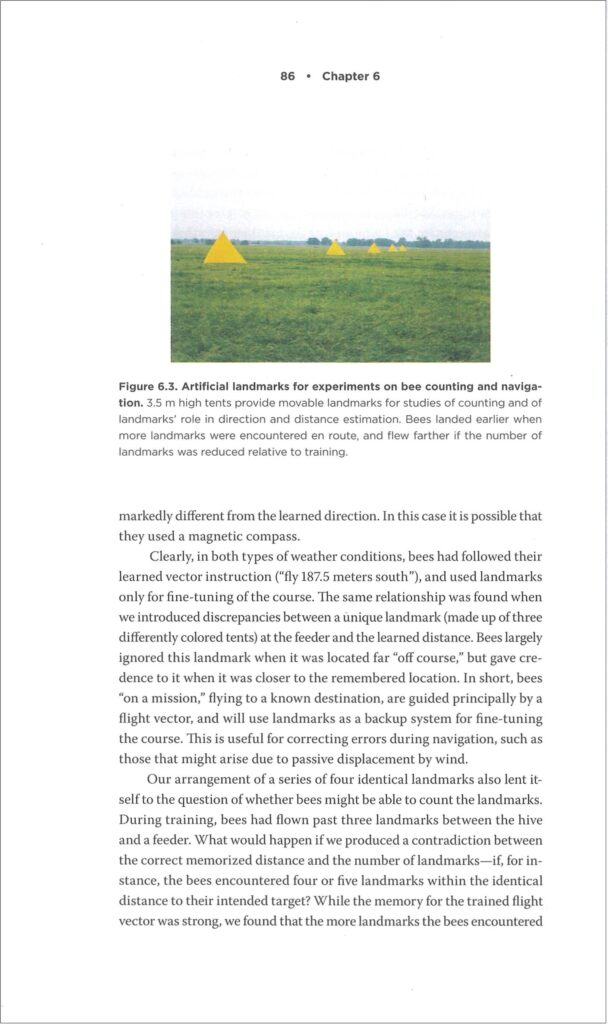 What clever things do bees do, you ask? That is the subject of the preceding five chapters where Chittka surveys a large body of behavioural research. Honey bees are famous for their waggle dance by which they communicate the location of flowers but also, this was news to me, the location of potential nest sites when the swarm relocates. But Chittka discusses more, much more: how bees navigate space using landmarks, show a rudimentary form of counting, solve the travelling salesman problem, learn to extract nectar from complex flowers, learn when to exploit certain flowers (and when to ignore them), and learn new tricks by observing other bees. But what about instinct, something most behaviours were traditionally ascribed to? He has some insightful comments on this: “even the most elemental behavior routines need to be refined by learning: instinct provides little more than a rough template” (p. 50). What really made me fall off my chair is that bees have long been outsmarting researchers in choice experiments. Many behavioural experiments take the form of choice tests, where bees need to pick between two locations or objects that differ in e.g. colour or shape with one option containing a sugary solution as a reward. Bumblebees would simply be lazy and check out both options in random order. Until, that is, protocols were modified by adding a bitter-tasting solution to the wrong choice as a penalty.
What clever things do bees do, you ask? That is the subject of the preceding five chapters where Chittka surveys a large body of behavioural research. Honey bees are famous for their waggle dance by which they communicate the location of flowers but also, this was news to me, the location of potential nest sites when the swarm relocates. But Chittka discusses more, much more: how bees navigate space using landmarks, show a rudimentary form of counting, solve the travelling salesman problem, learn to extract nectar from complex flowers, learn when to exploit certain flowers (and when to ignore them), and learn new tricks by observing other bees. But what about instinct, something most behaviours were traditionally ascribed to? He has some insightful comments on this: “even the most elemental behavior routines need to be refined by learning: instinct provides little more than a rough template” (p. 50). What really made me fall off my chair is that bees have long been outsmarting researchers in choice experiments. Many behavioural experiments take the form of choice tests, where bees need to pick between two locations or objects that differ in e.g. colour or shape with one option containing a sugary solution as a reward. Bumblebees would simply be lazy and check out both options in random order. Until, that is, protocols were modified by adding a bitter-tasting solution to the wrong choice as a penalty.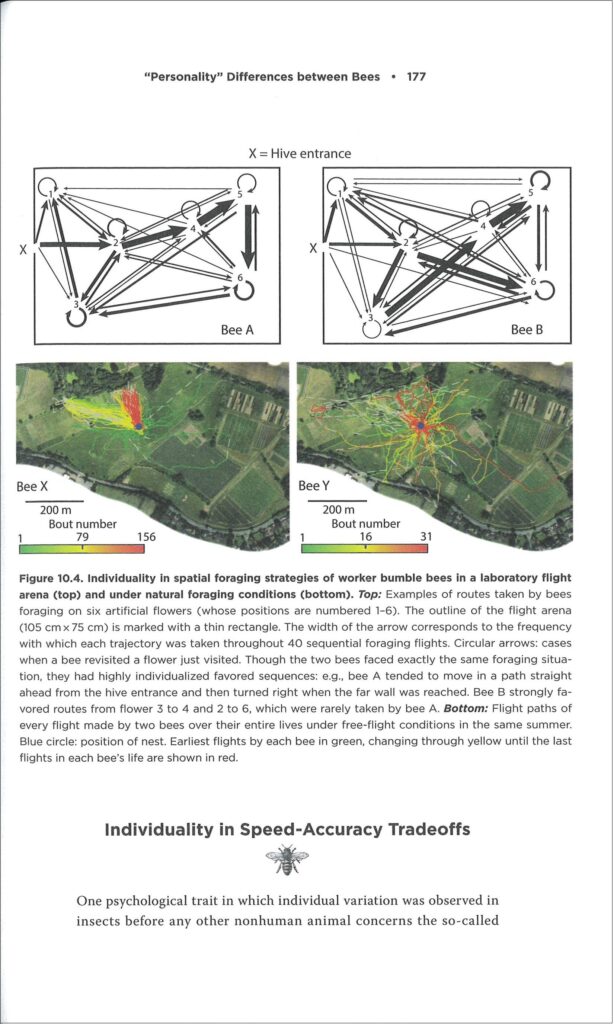 As mentioned above, this book is focused. If you enjoy reading about the facts and the study system with minimal (autobiographical) diversions, Chittka has got you covered. The only digression he allows himself is to include biographical details of older generations of scientists. This includes inspiring tales such as Karl von Frisch who described the honey bee waggle dance and later barely escaped being dismissed from his post by the Nazis. And look out for repeat appearances of Charles Turner, a now largely forgotten African American scientist who published pioneering work despite having been denied a professorship based on his ethnicity. But there are also tragic stories such as Kenyon’s, who snapped under pressure of not securing a permanent job and was incarcerated in a lunatic asylum where he died more than 40 years later, alone and forgotten. Chittka includes occasional quotations from historical literature to show that “many seemingly contemporary ideas about the minds of bees had already been expressed, in some form, over a century ago” (p. 15).
As mentioned above, this book is focused. If you enjoy reading about the facts and the study system with minimal (autobiographical) diversions, Chittka has got you covered. The only digression he allows himself is to include biographical details of older generations of scientists. This includes inspiring tales such as Karl von Frisch who described the honey bee waggle dance and later barely escaped being dismissed from his post by the Nazis. And look out for repeat appearances of Charles Turner, a now largely forgotten African American scientist who published pioneering work despite having been denied a professorship based on his ethnicity. But there are also tragic stories such as Kenyon’s, who snapped under pressure of not securing a permanent job and was incarcerated in a lunatic asylum where he died more than 40 years later, alone and forgotten. Chittka includes occasional quotations from historical literature to show that “many seemingly contemporary ideas about the minds of bees had already been expressed, in some form, over a century ago” (p. 15).

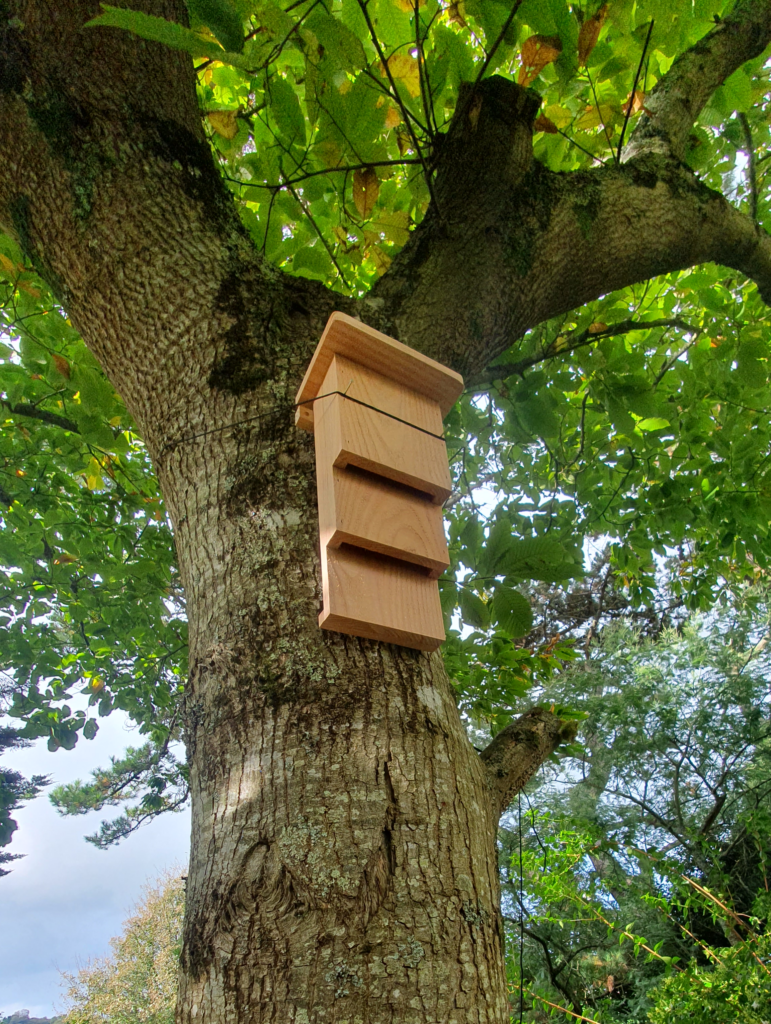

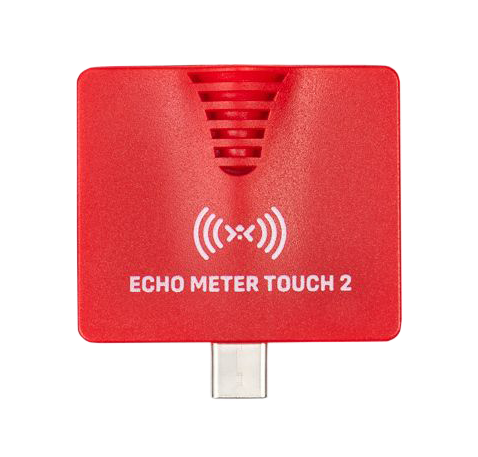

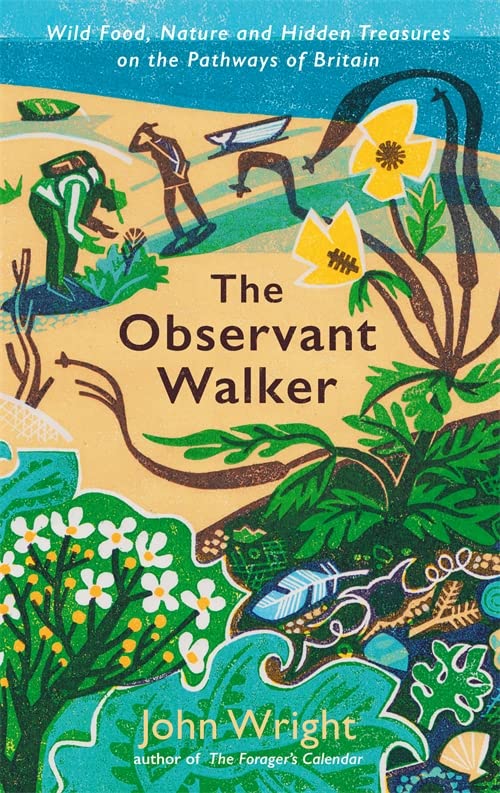

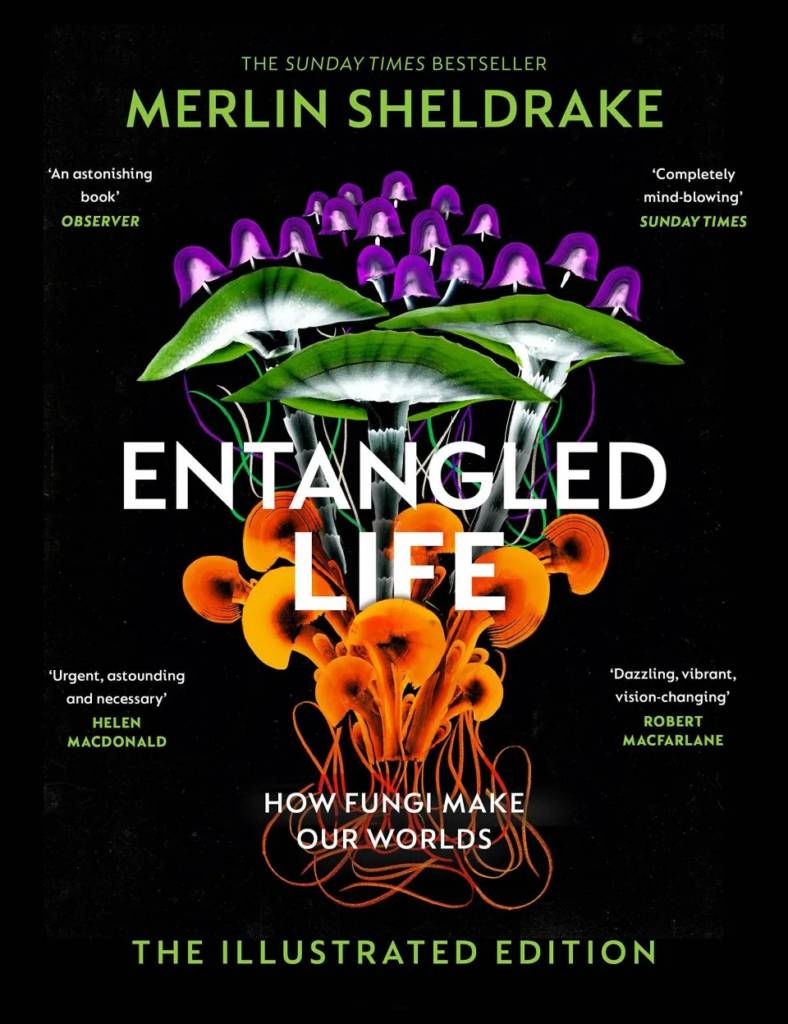

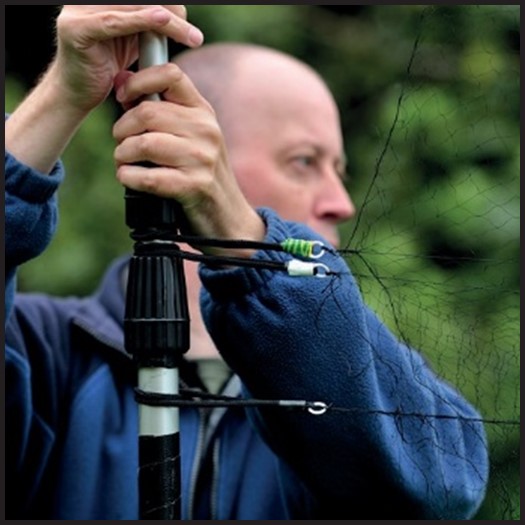
 This groundbreaking book provides the reader with a unique and practical guide to collecting and using acoustic survey data to identify terrestrial mammals. Covering 42 species that can be found in Britain and Ireland, the text includes guidance on survey methods, analysis of sound recordings and details of appropriate software. As well as containing specific spectrogram examples for each species, the book allows the reader access to a downloadable sound library containing more than 250 recordings.
This groundbreaking book provides the reader with a unique and practical guide to collecting and using acoustic survey data to identify terrestrial mammals. Covering 42 species that can be found in Britain and Ireland, the text includes guidance on survey methods, analysis of sound recordings and details of appropriate software. As well as containing specific spectrogram examples for each species, the book allows the reader access to a downloadable sound library containing more than 250 recordings.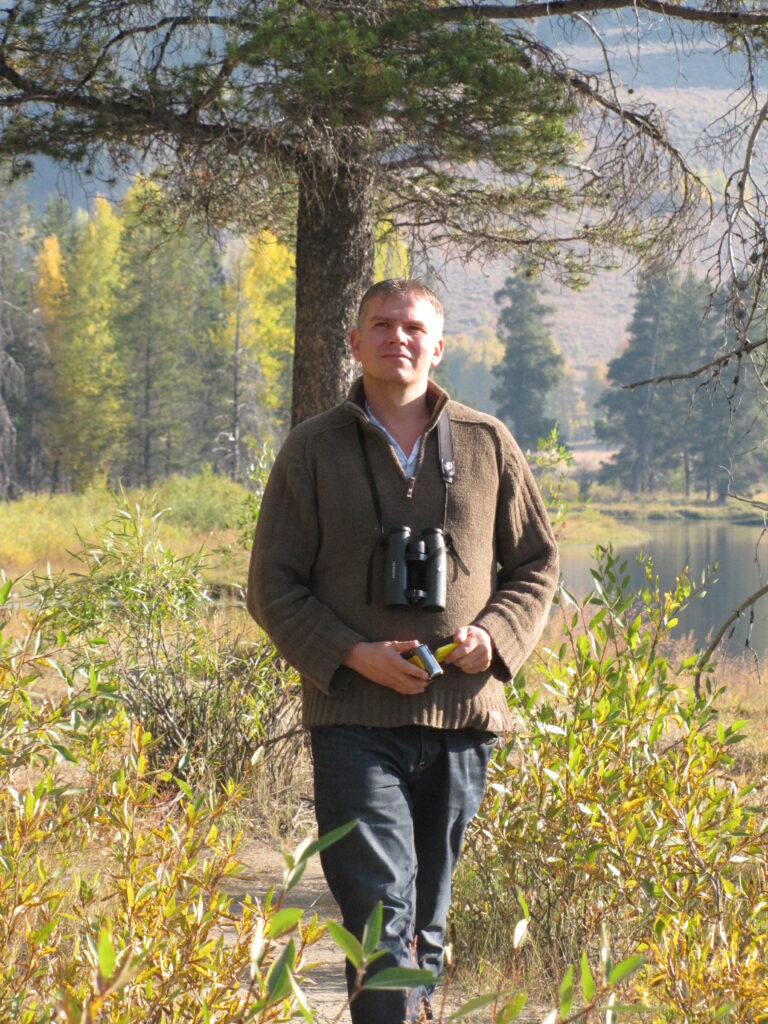 Stuart Newson is a Senior Research Ecologist at the British Trust for Ornithology (BTO), where he is involved in survey design and data analysis from national citizen-science surveys. Stuart’s work on bioacoustics has included creating tools to identify European bats, bush-crickets and small mammal species from their ‘calls’. This resulted in the
Stuart Newson is a Senior Research Ecologist at the British Trust for Ornithology (BTO), where he is involved in survey design and data analysis from national citizen-science surveys. Stuart’s work on bioacoustics has included creating tools to identify European bats, bush-crickets and small mammal species from their ‘calls’. This resulted in the 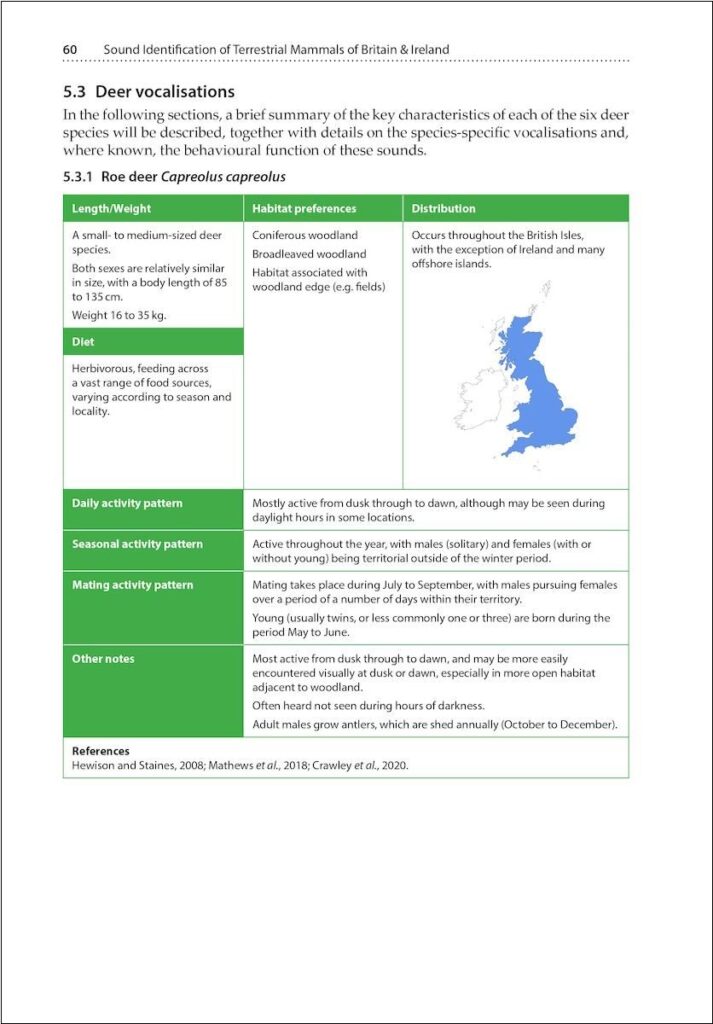 There currently exists a huge sound library of vocalisations of bats and cetaceans and their use in monitoring these species is now mainstream. Why do you think that this approach has not, so far, been used for other mammals such as those covered in your book?
There currently exists a huge sound library of vocalisations of bats and cetaceans and their use in monitoring these species is now mainstream. Why do you think that this approach has not, so far, been used for other mammals such as those covered in your book?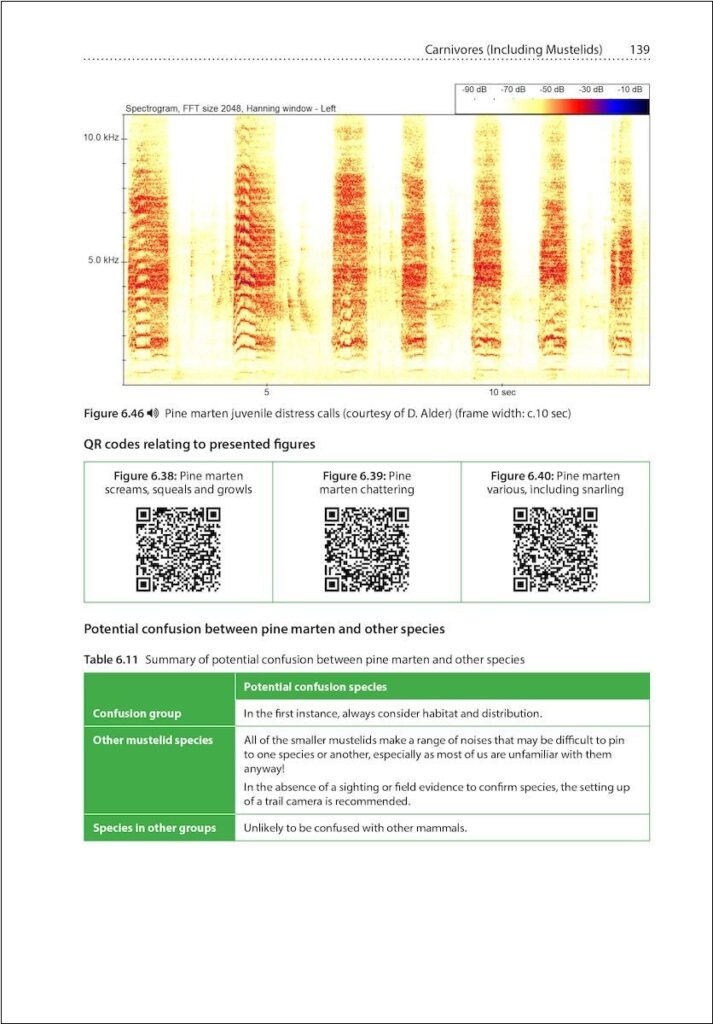 Which of the British terrestrial mammal species have you found the most challenging to study and why?
Which of the British terrestrial mammal species have you found the most challenging to study and why?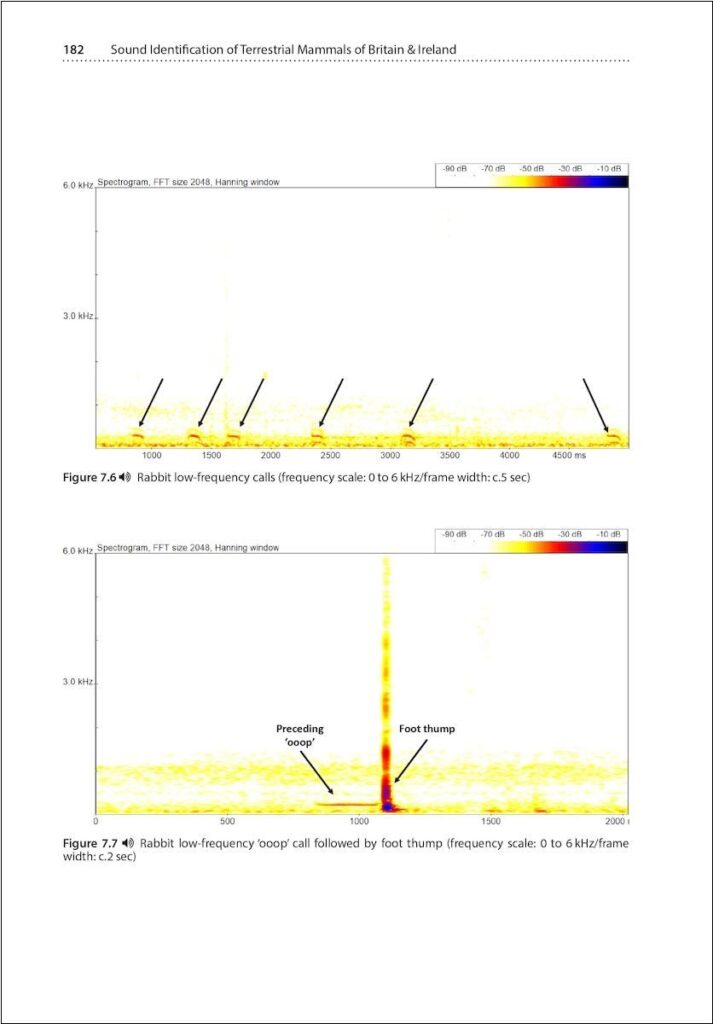 There are currently several citizen science projects around the UK that the public can submit sightings to (such as those organised by the Mammal Society or apps such as iRecord). Is there currently anywhere that people can submit records resulting from acoustic data? Or somewhere they can submit their recordings in the hopes of building a library of sound files for each species as there is for bats?
There are currently several citizen science projects around the UK that the public can submit sightings to (such as those organised by the Mammal Society or apps such as iRecord). Is there currently anywhere that people can submit records resulting from acoustic data? Or somewhere they can submit their recordings in the hopes of building a library of sound files for each species as there is for bats?
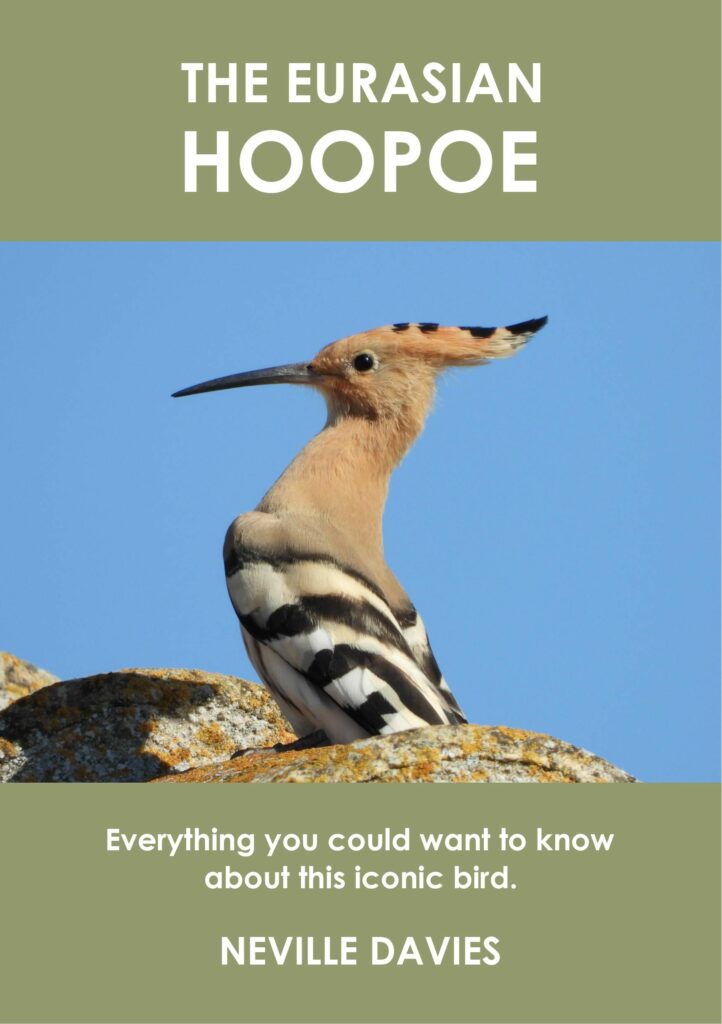
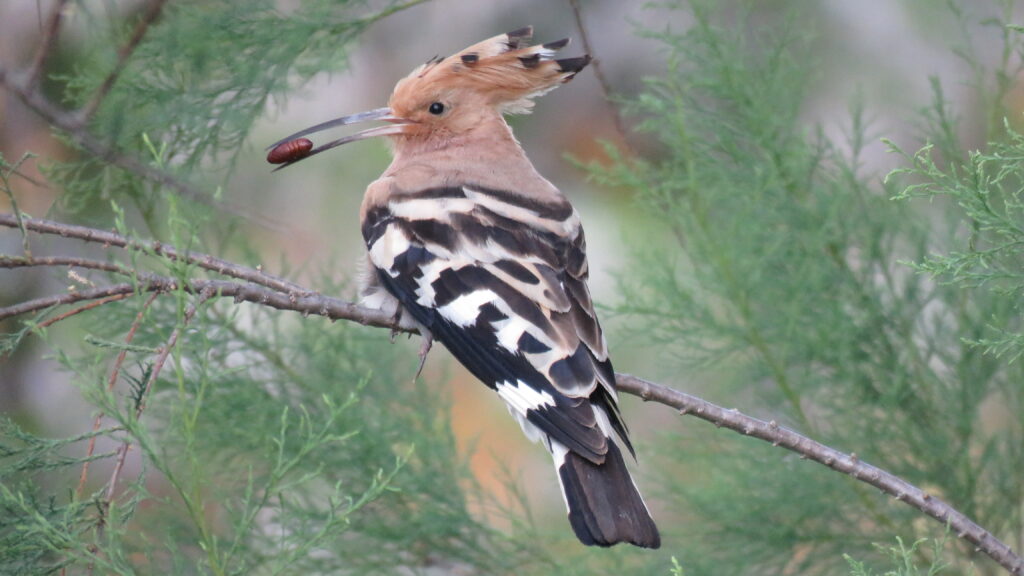 What inspired you to write a book about the Eurasian Hoopoe?
What inspired you to write a book about the Eurasian Hoopoe?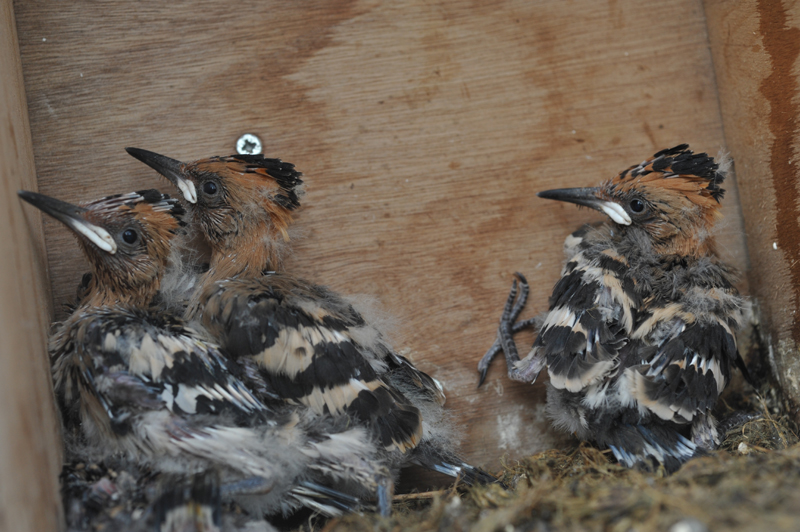
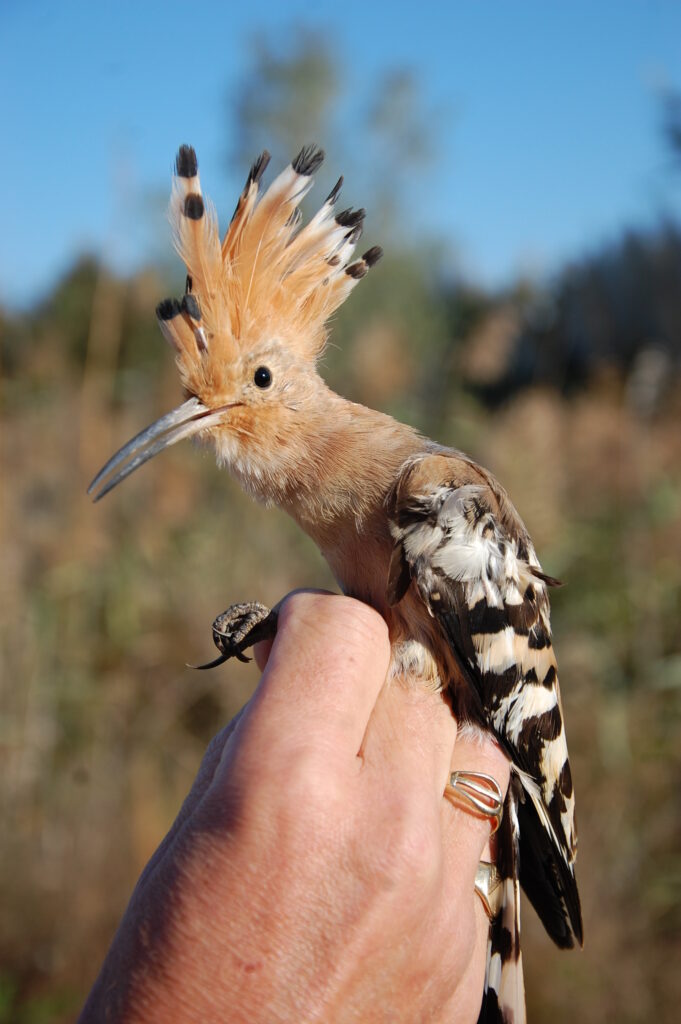
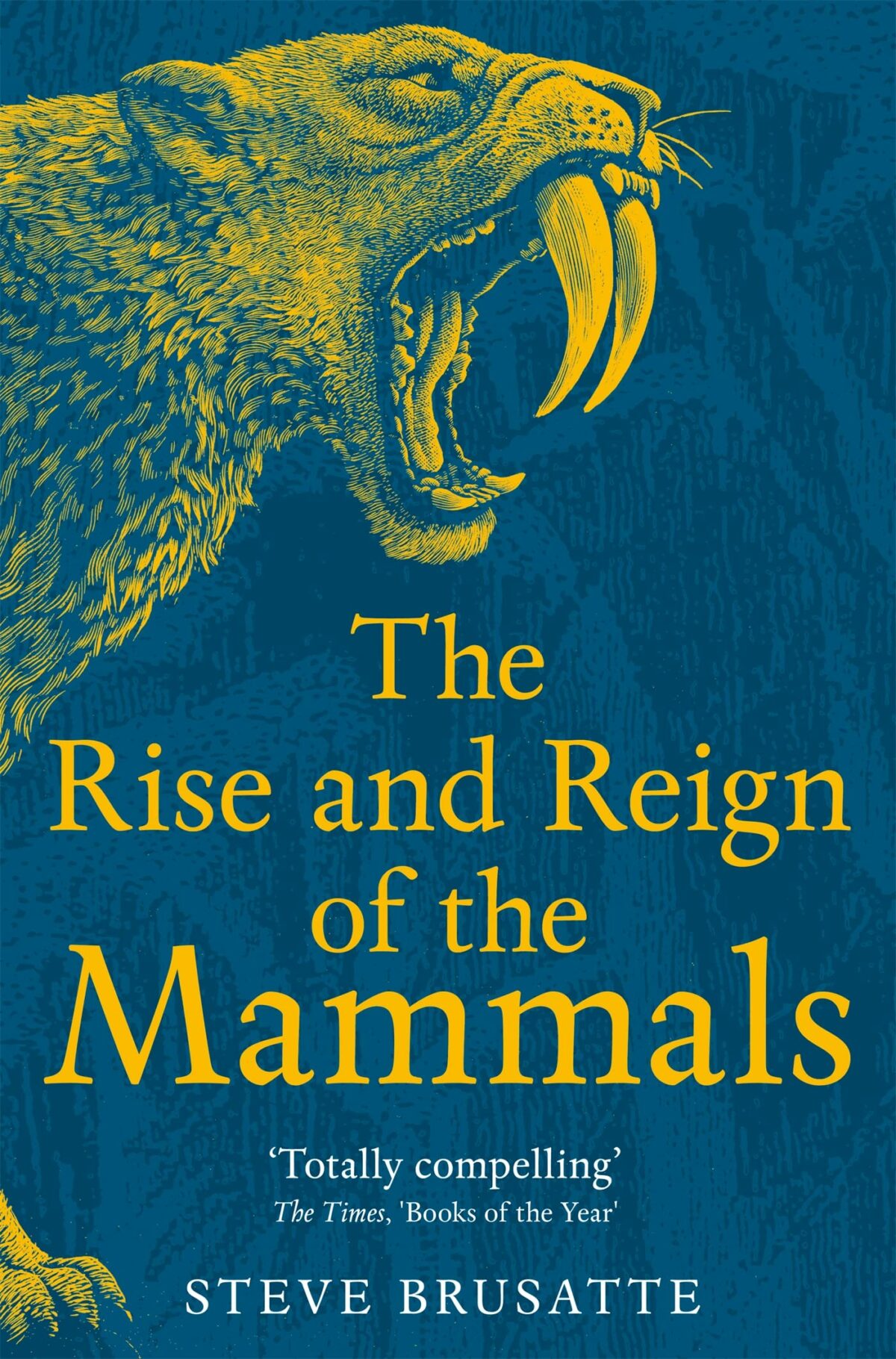
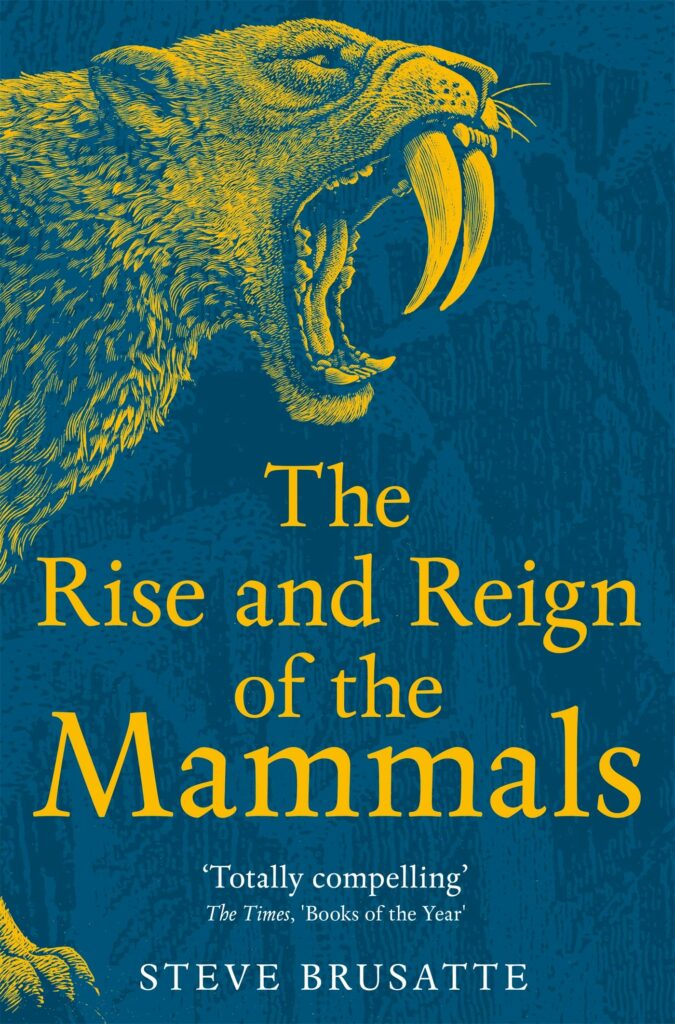
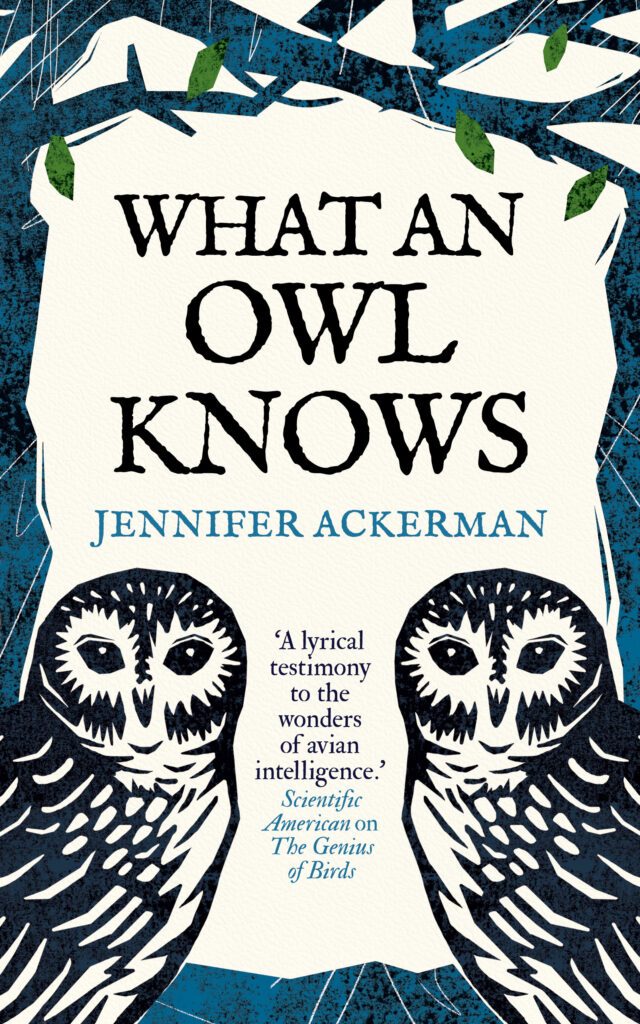
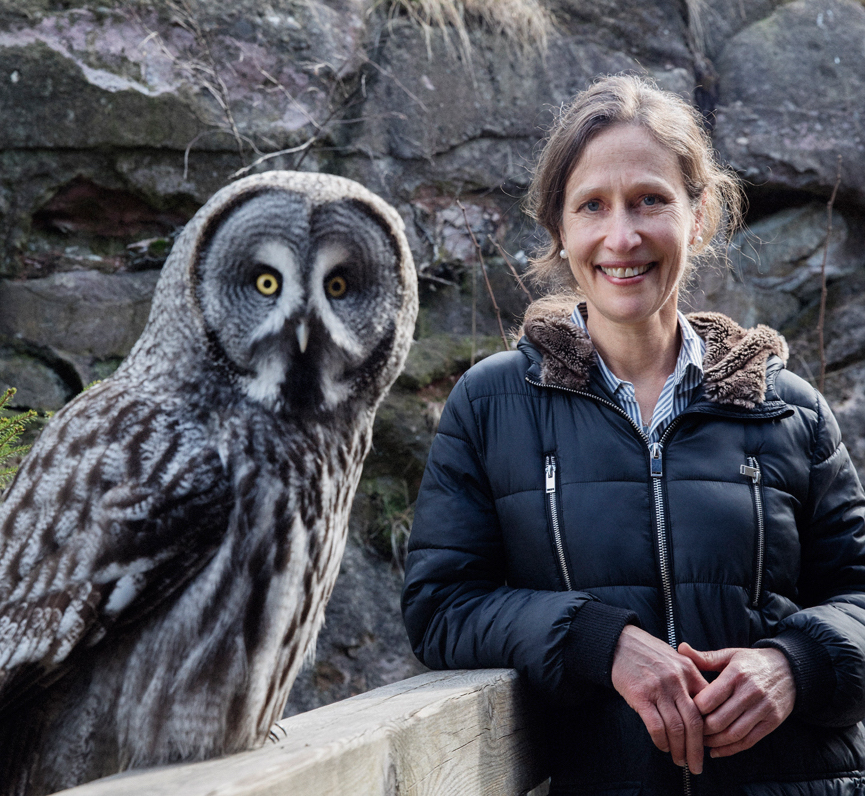
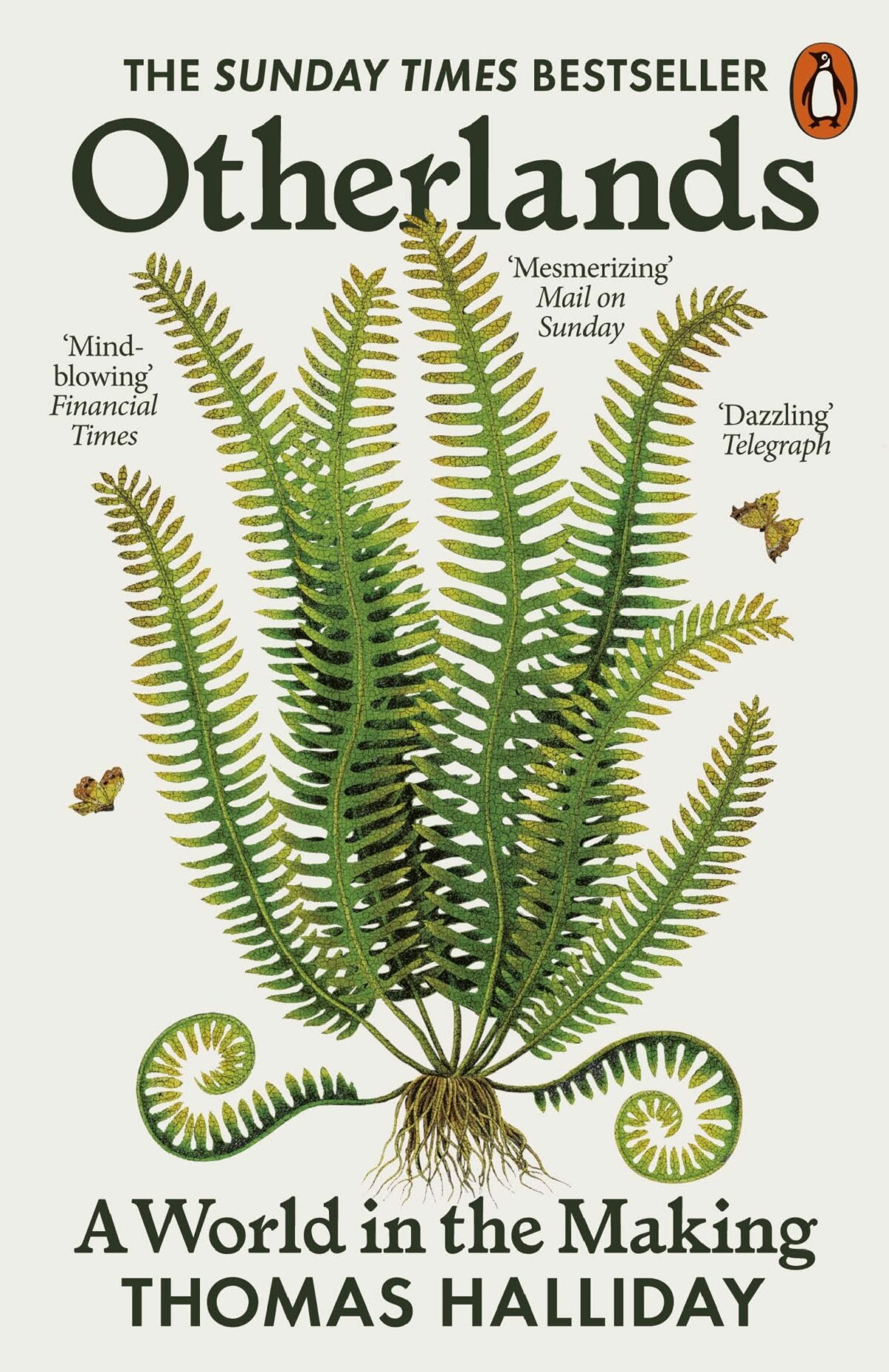
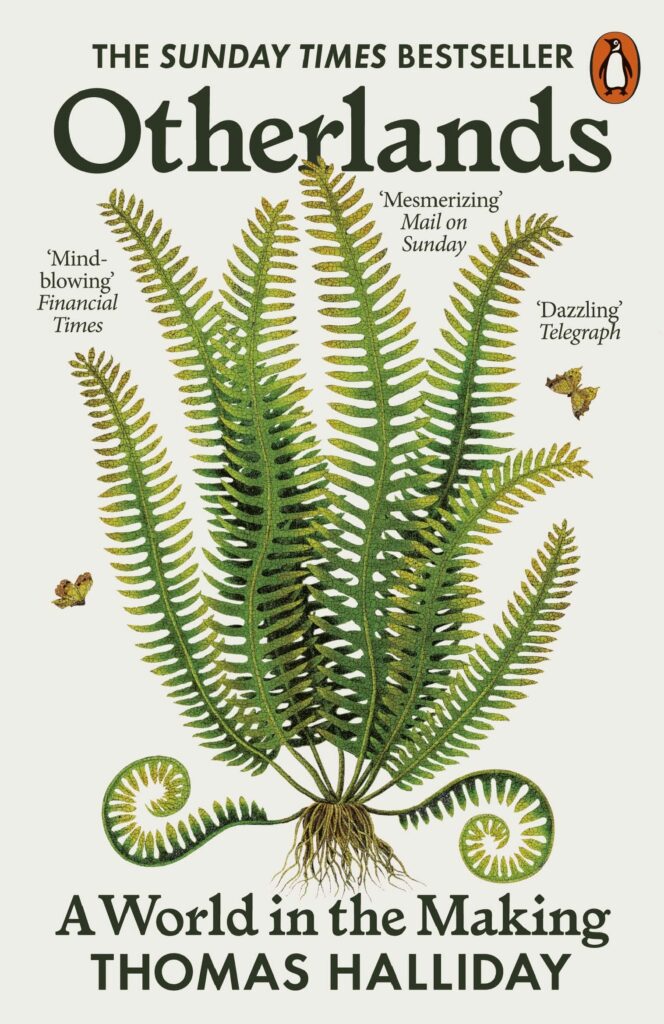
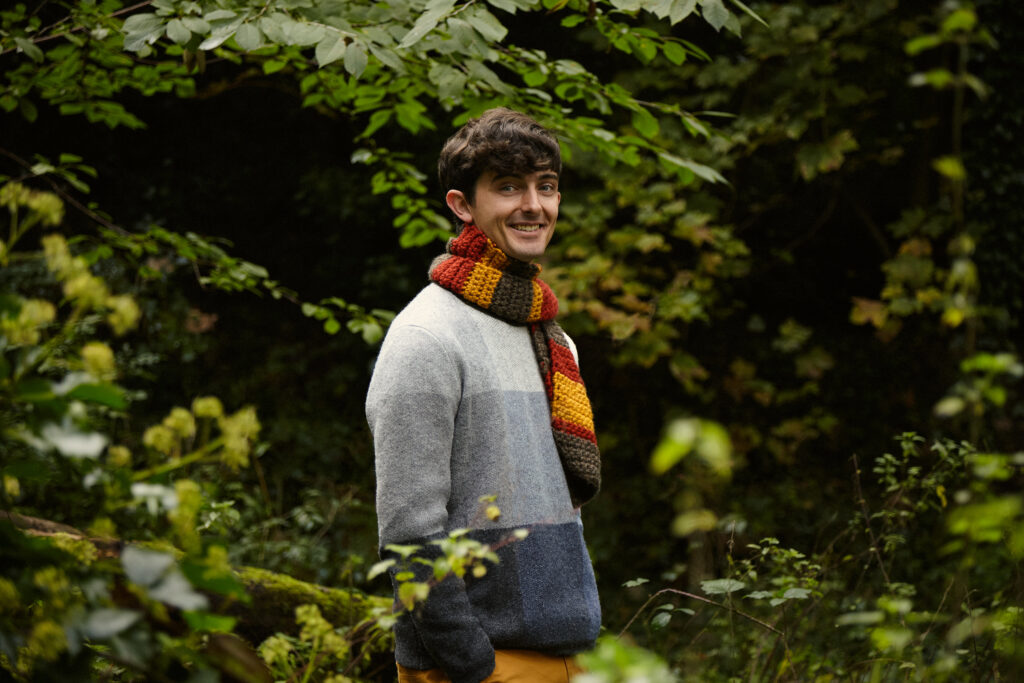
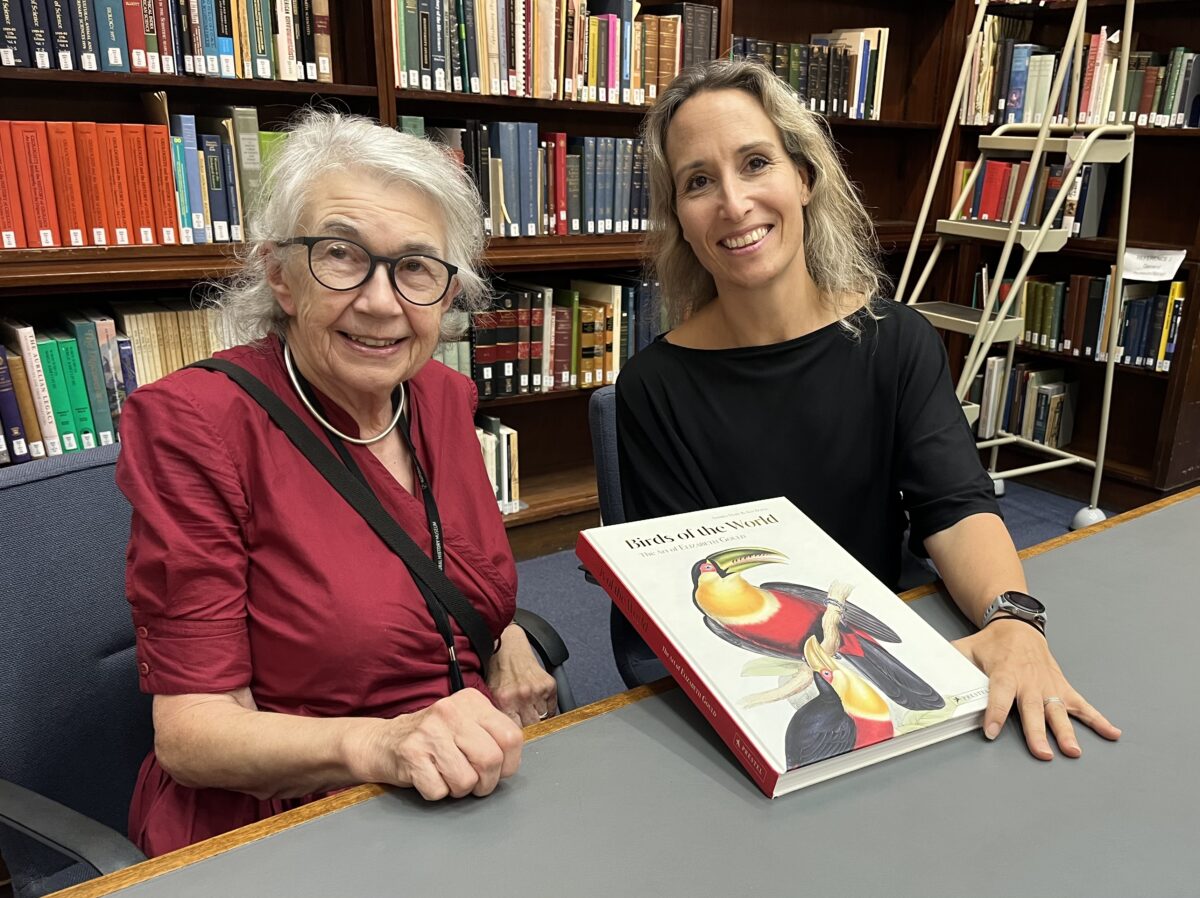
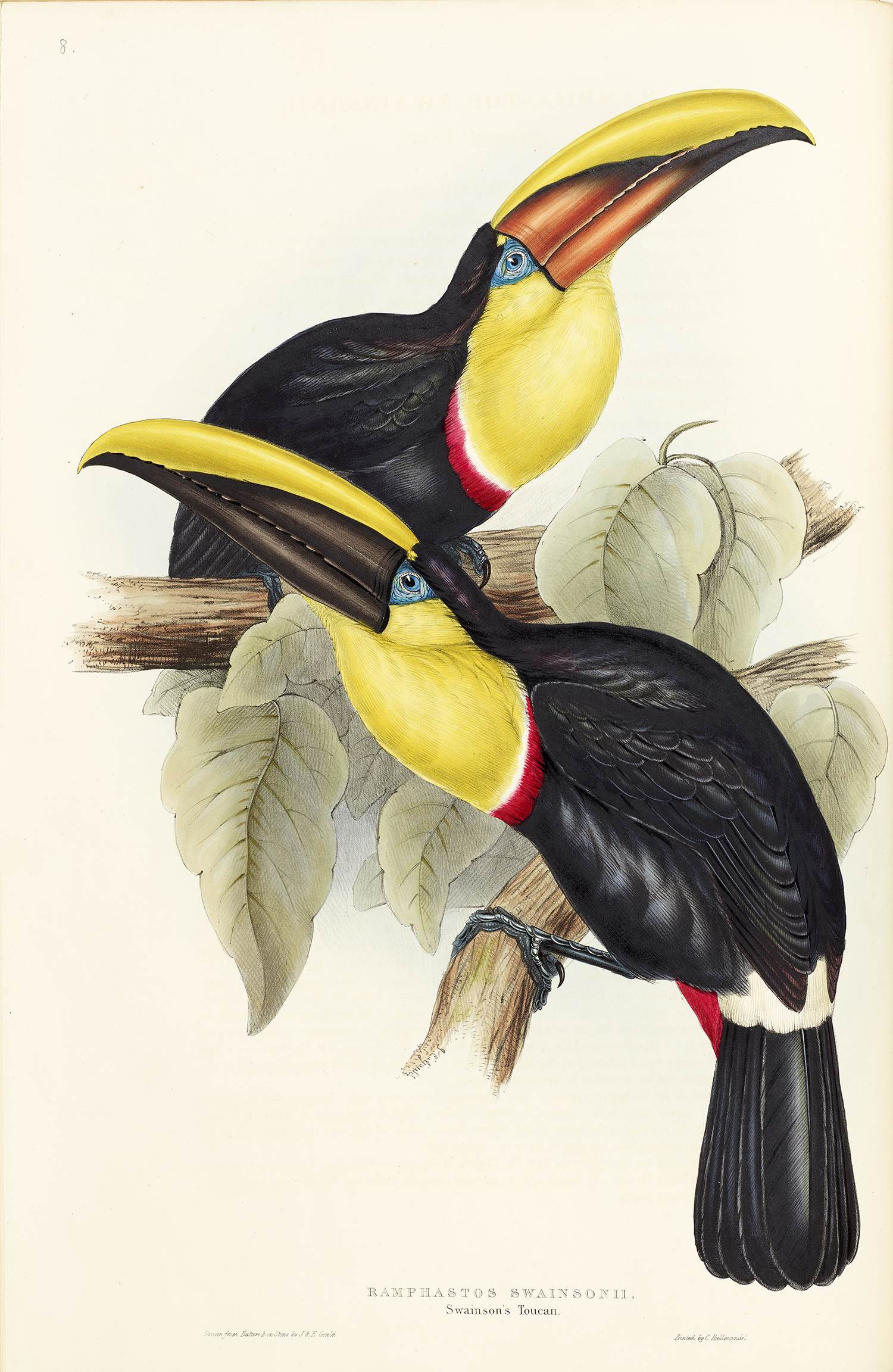
 Birds of the World: The Art of Elizabeth Gould is an incredible, one of a kind volume brought to you by Andrea Hart and Ann Datta, offering a remarkable tribute to Elizabeth’s artwork, reputation and skill. Containing over 200 beautifully detailed and scientifically precise illustrations depicting birds from 19th-century Europe, South America, Central America, Africa, Asia, and Australia, as well as previously unpublished artworks and an introduction to Gould’s life and achievements, this book is a lasting legacy for one of the greatest bird painters in history.
Birds of the World: The Art of Elizabeth Gould is an incredible, one of a kind volume brought to you by Andrea Hart and Ann Datta, offering a remarkable tribute to Elizabeth’s artwork, reputation and skill. Containing over 200 beautifully detailed and scientifically precise illustrations depicting birds from 19th-century Europe, South America, Central America, Africa, Asia, and Australia, as well as previously unpublished artworks and an introduction to Gould’s life and achievements, this book is a lasting legacy for one of the greatest bird painters in history.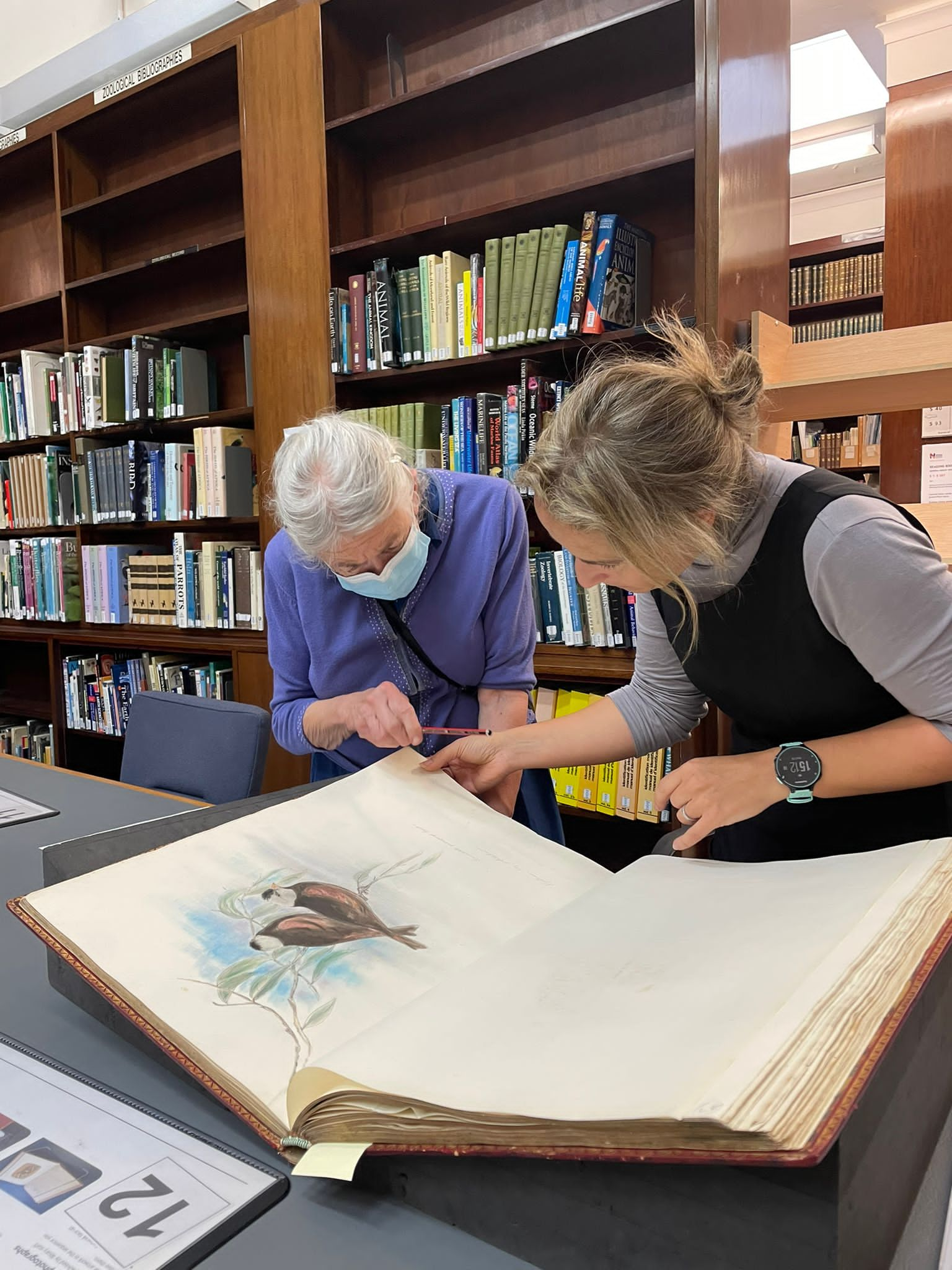 The Museum’s Library and Archives has an incredible collection of books, manuscripts and artworks and is particularly strong and comprehensive in taxonomic works on natural history. Our rare books collection therefore has sets of all the Gould’s publis
The Museum’s Library and Archives has an incredible collection of books, manuscripts and artworks and is particularly strong and comprehensive in taxonomic works on natural history. Our rare books collection therefore has sets of all the Gould’s publis